Research groups
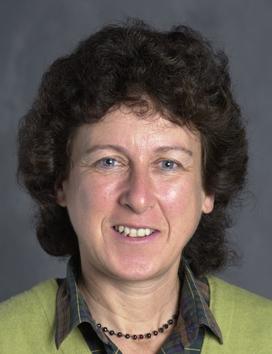
Prof. Lia Addadi
Research in the Addadi group combines chemistry, physics and biology to understand mechanisms of formation and structure-function relations in biomineralization (skeletal support, protection, vision and others) and pathological crystallizations (such as atherosclerosis)
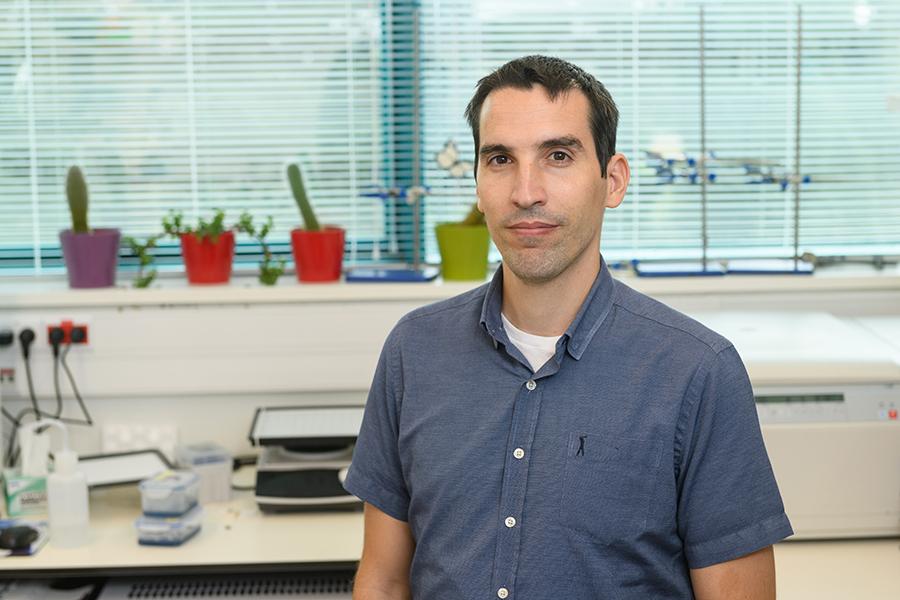
Dr. Ariel Afek
We are studying protein-DNA interactions involved in processes that are fundamental to physiology, disease, and evolution. We believe in a multidisciplinary view that closely integrates experimental and computational approaches.
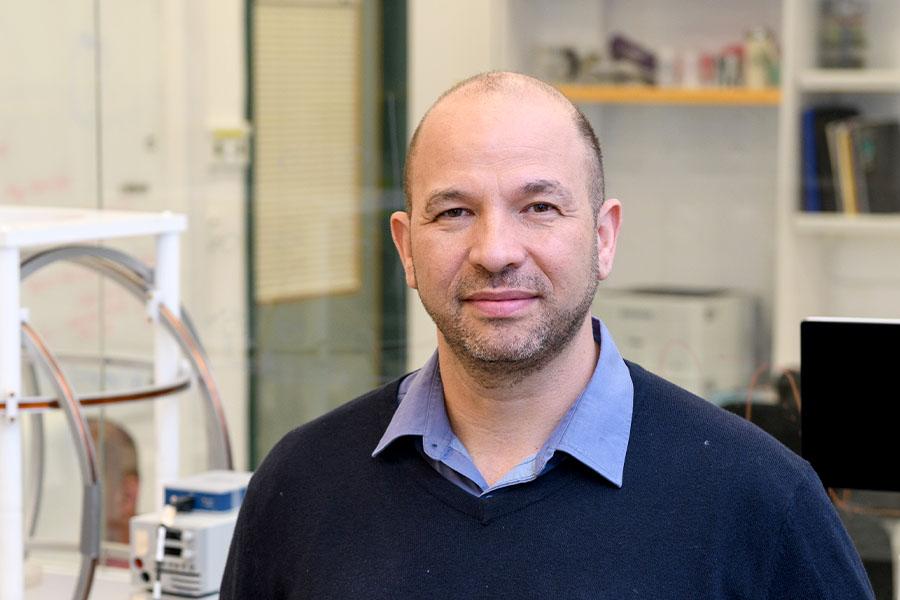
Prof. Oded Aharonson
Aharonson and his research group focus on problems in planetary physics, with interests in planetary surfaces, climate interactions, geophysics, and dynamics. Objects within the solar system as well as exoplanets are addressed.
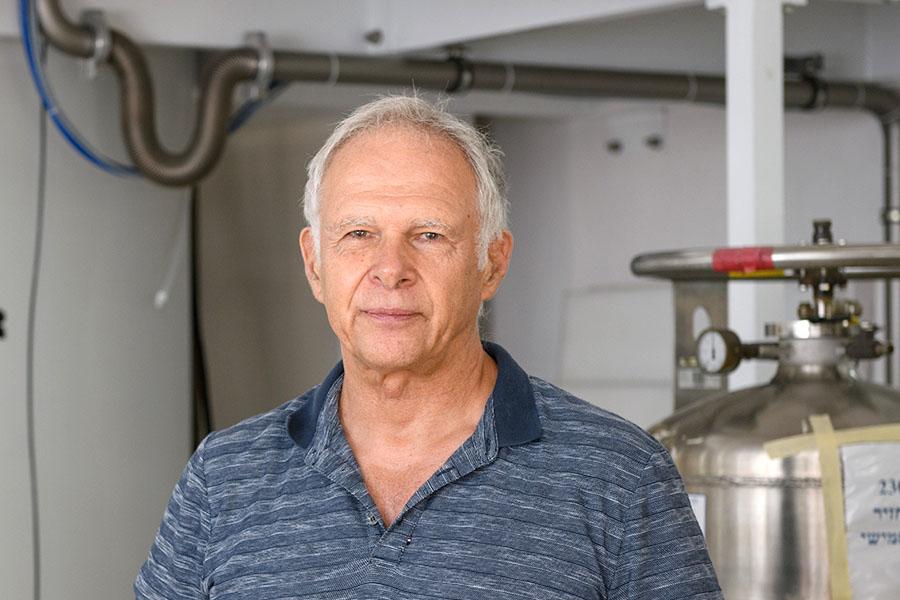
Prof. Jacob Anglister
We are studying biological recognition at atomic resolution using solution-NMR. Our main research topics are: HIV-1 binding to target cells, chemokines interactions with their receptors and the interactions between key proteins involved in signal transduction.
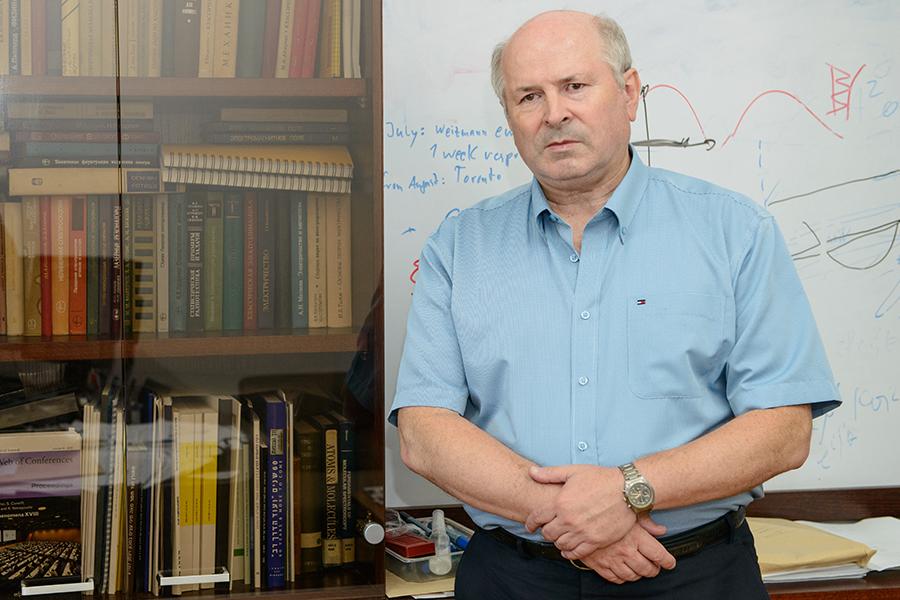
Prof. Ilya Averbukh
Theoretical research in the Averbukh Group focuses on interaction of atoms and molecules with ultrashort laser pulses, and on development of novel methods for controlling their dynamics.
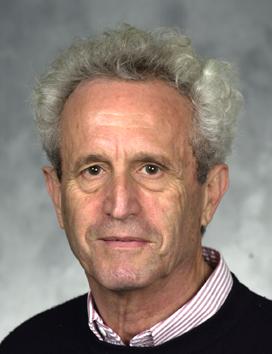
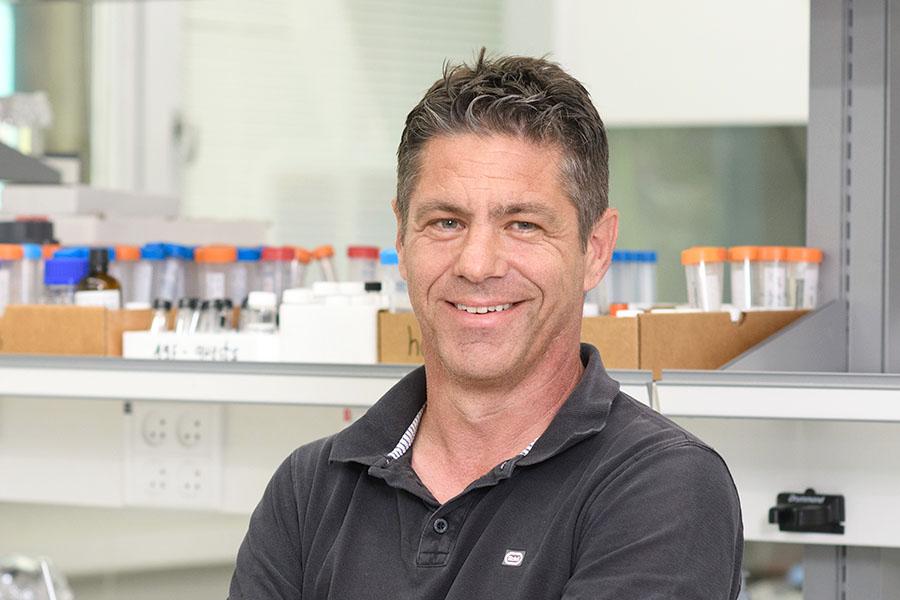
Prof. Amnon Bar-Shir
The Bar-Shir lab combines strategies in NMR and MRI with tools from synthetic and supramolecular chemistry, nanomaterials and biology for the development of novel approaches to illuminate unexplored processes in both chemistry and biology.
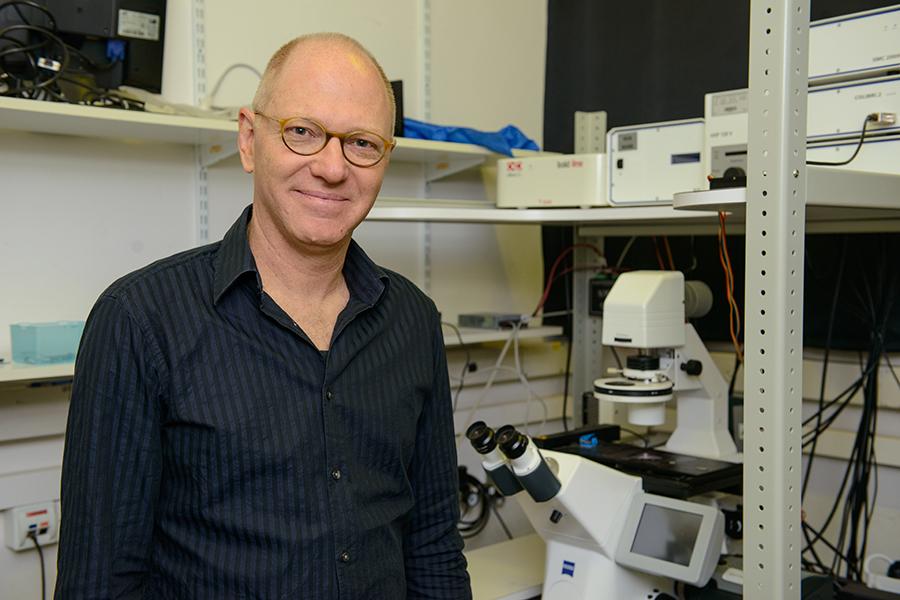
Prof. Roy Bar-Ziv
We combine soft-matter physics, materials science and biochemistry to assemble autonomous cell-free systems, focusing on assembly of machines, gene circuits, fuzzy decision-making, synchrony, and electric field manipulation of gene-expression on a chip.
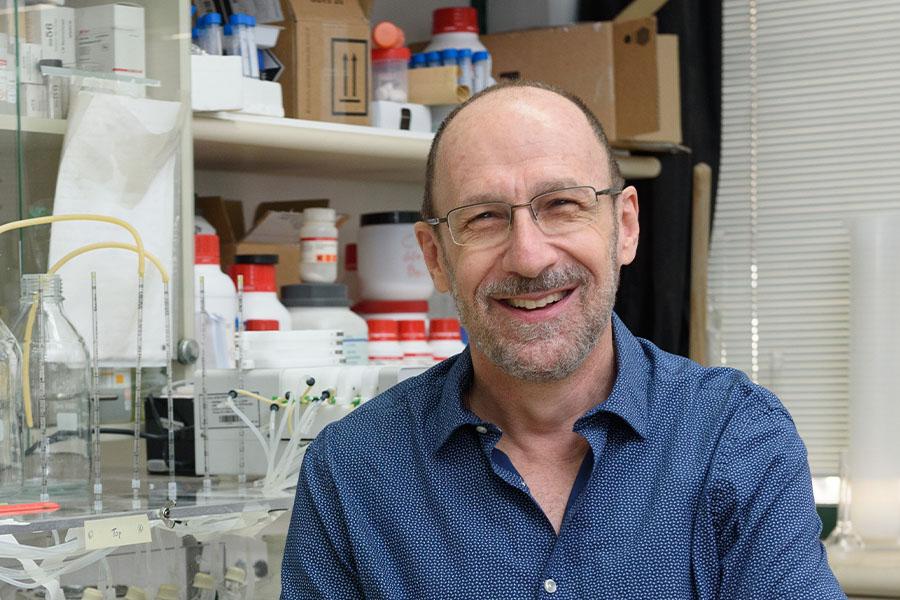
Prof. Brian Berkowitz
Our laboratory focuses on modeling and experimental analysis of fluid/chemical transport in geological formations, and other porous materials, with particular emphasis on soil/groundwater systems. We also develop catalytic methods for treatment of contaminated water.
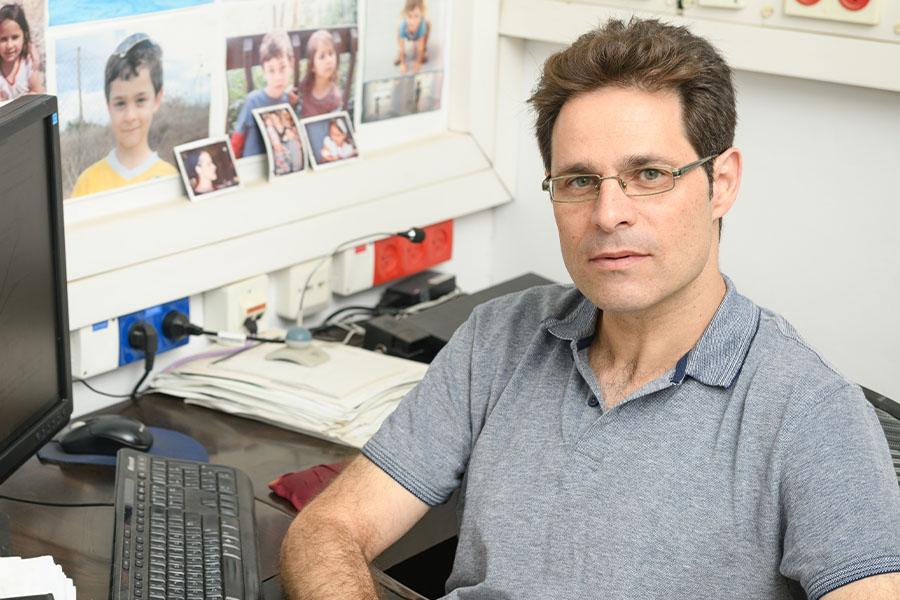
Prof. Eran Bouchbinder
The Bouchbinder group develops predictive theories of non-equilibrium phenomena in condensed-matter physics, materials physics, geophysics and biophysics. Problems of interest include the failure of materials and interfaces, the physics of disordered systems and cell mechanics.

Prof. Yigal Burstein
Structure-function-thermal stability relationships studies in enzymes from a variety of hyperthermophilic, thermophilic, mesophilic, and psychrophilic microorganisms.
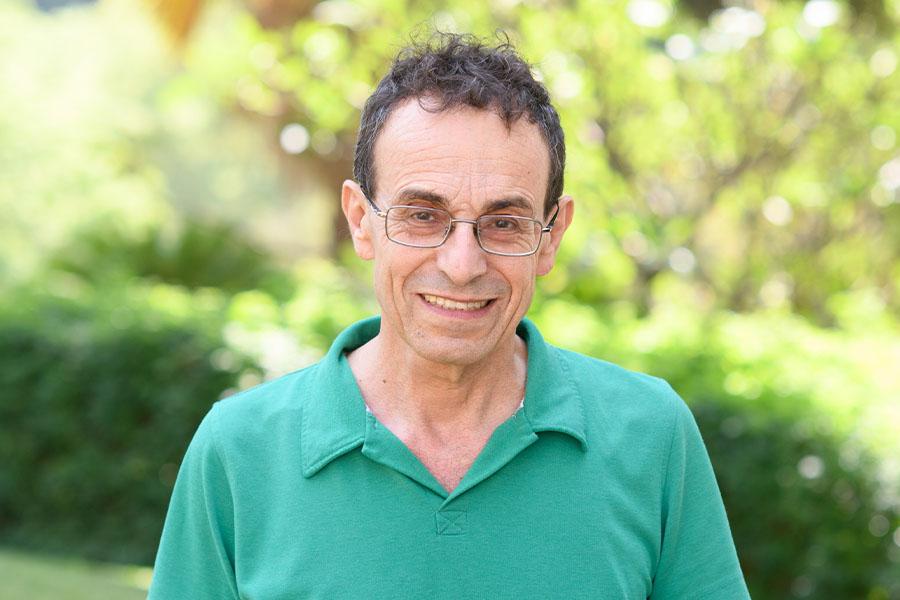
Prof. David Cahen
We research self-repair of optoelectronic materials, with implications for greener resource use, and amazing solid-state electron transport across proteins, with implications for bioelectronics; both are issues that challenge present models and understanding.
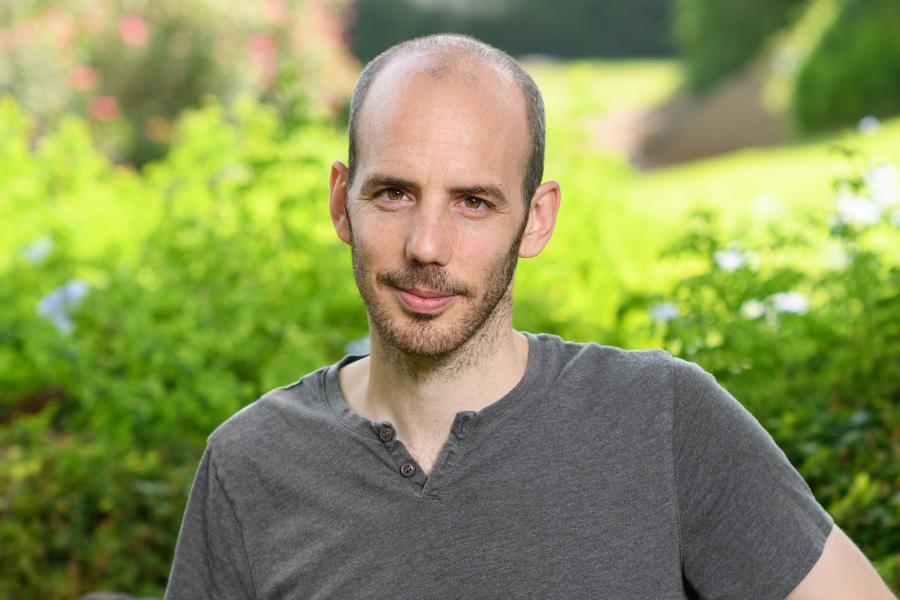
Dr. Rei Chemke
Our research focuses on understanding the physical mechanism underlying the changes of large-scale phenomena in the atmosphere and ocean under climate change. In particular, we use theoretical understanding of the climate’s dynamics and thermodynamics states and examine observations and state-of-the-art climate models.
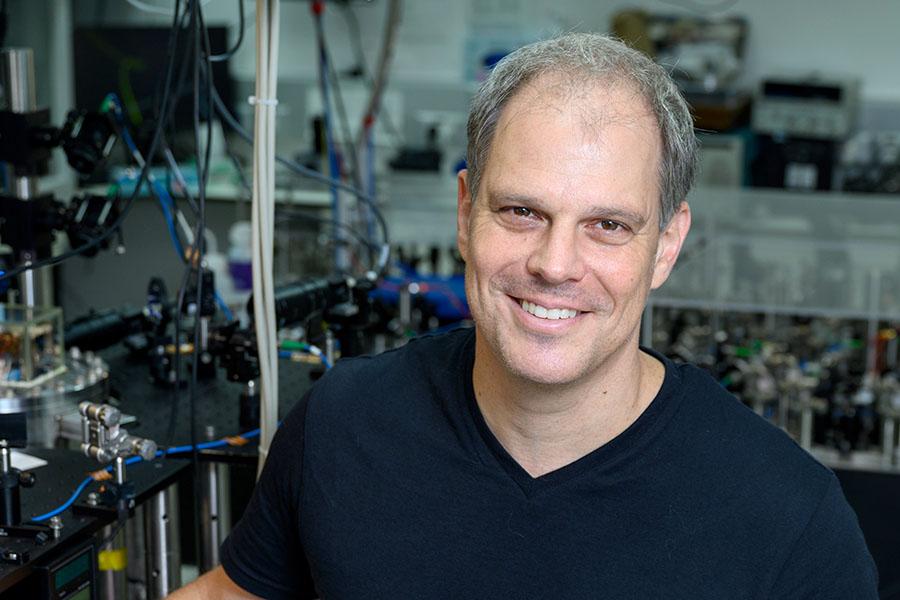
Prof. Barak Dayan
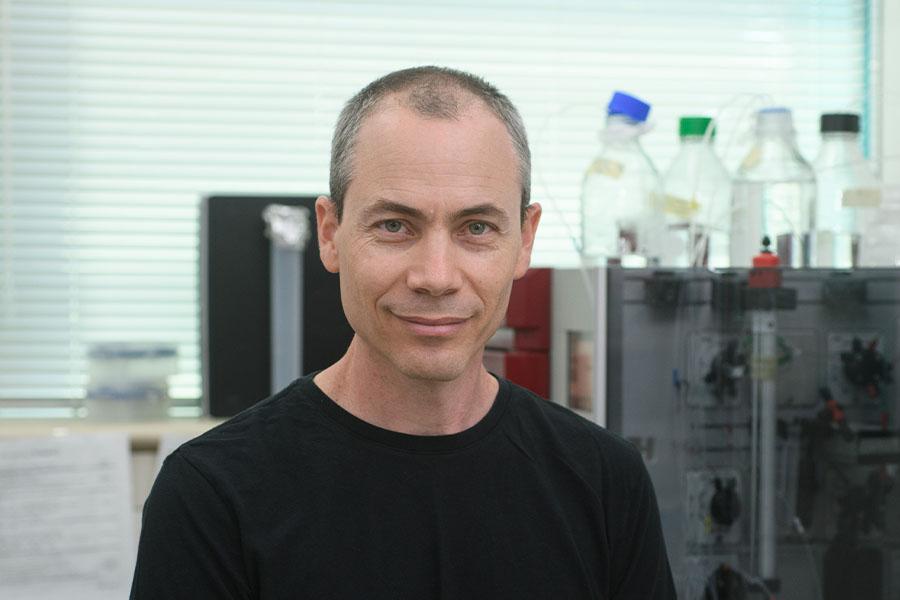
Prof. Ron Diskin
The Diskin group explores using structural biology the complex interplay between viruses, hosts, and the immune system to reveal underlying molecular mechanisms that govern viral cell entry and to promote novel therapeutics.
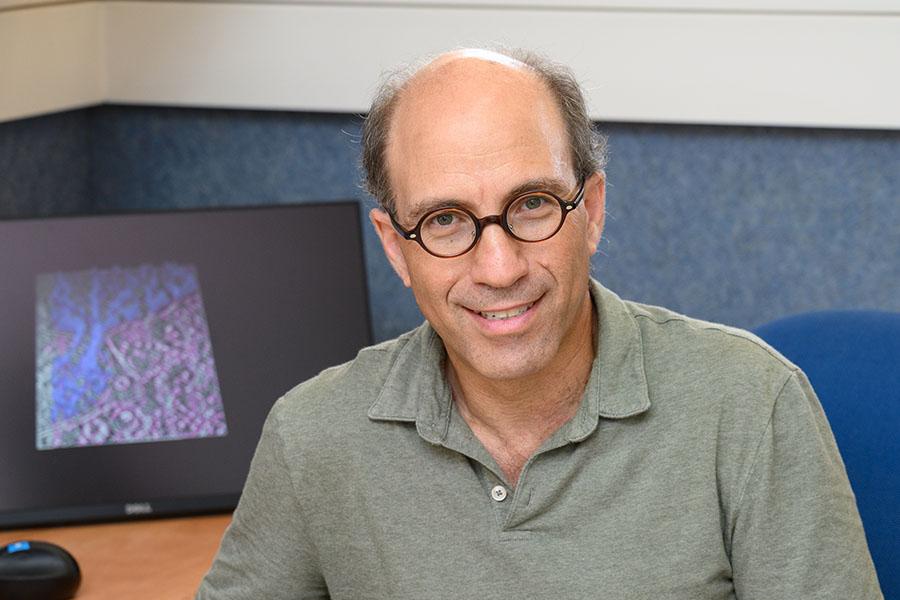
Prof. Michael Elbaum
We are interested in dynamical structures of the living cell, particularly pertaining to self-assembly. Currently the lab focuses on developments in cryo-electron microscopy, and pioneers the application of scanning transmission EM to cellular tomography.
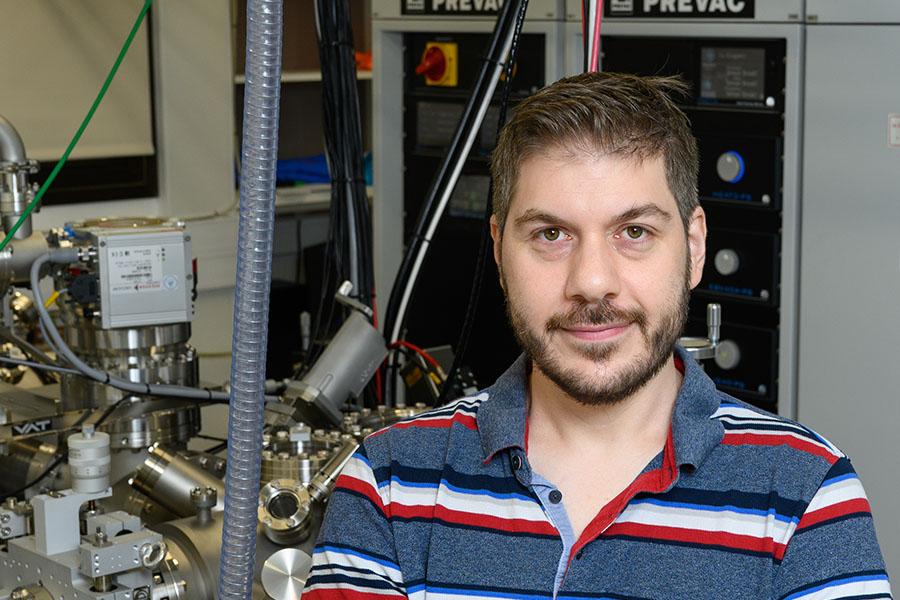
Dr. Baran Eren
Using a variety of surface-sensitive spectroscopy and microscopy techniques, we perform experimental basic research on the physical properties of materials and chemical processes at the solid/liquid and solid/gas interfaces.
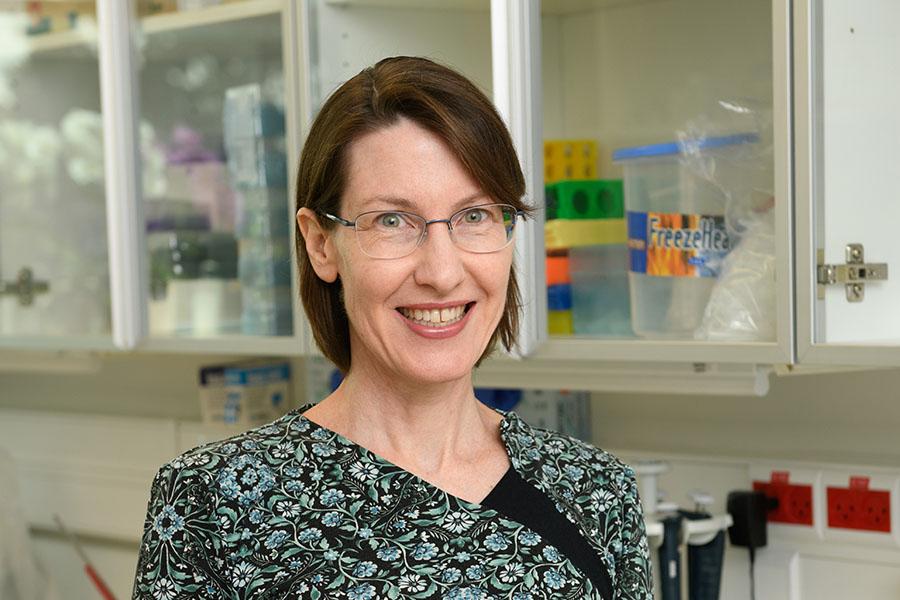
Prof. Deborah Fass
The Fass group investigates disulfide bonding in biological electron transfer pathways and the assembly of protein complexes. Structural and mechanistic discoveries made in the lab pave the way to therapies for cancer, fibrosis, and colitis.
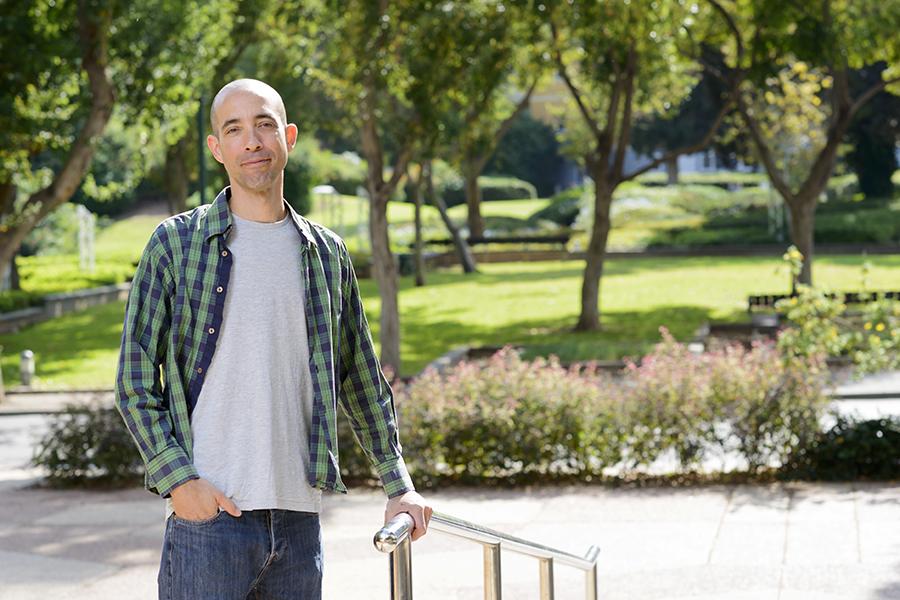
Dr. Amit Finkler
We study magnetic properties of molecules and hybrid systems using quantum emitters in the solid state. Combined with scanning probe microscopy, we develop new quantum-enhanced sensing techniques that allow for higher sensitivity and spectral bandwidth.
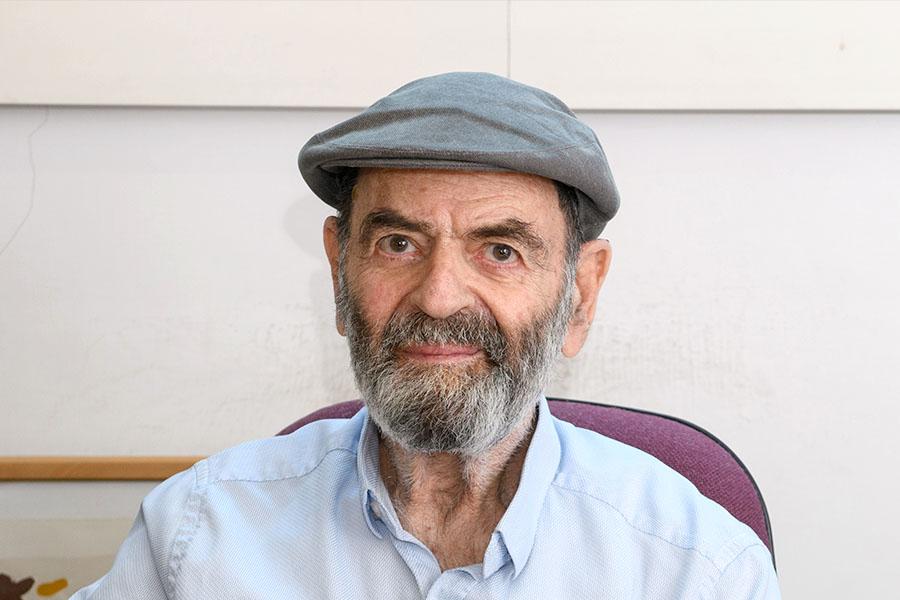
Prof. Matityahu Fridkin
Delivery of drugs e.g proteins, peptides, anti-microbial agents, enhancing their stability, reducing their toxicity and prolonging their actions in blood circulation Immuno and neuro-regulating peptides: chemical biological and clinical related studies
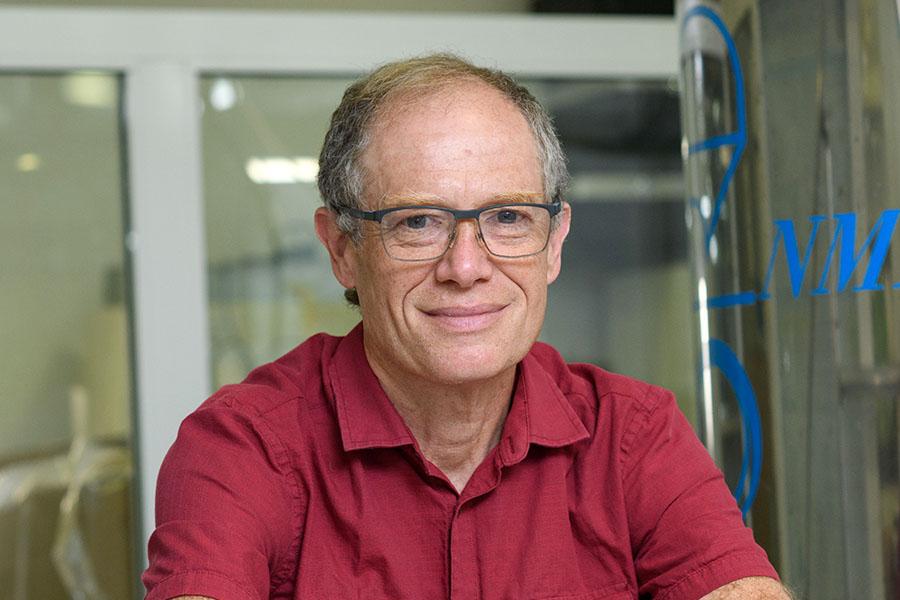
Prof. Lucio Frydman
Research in our lab centers on developing new methods in nuclear magnetic resonance spectroscopy and magnetic resonance imaging, and on the application of these advanced NMR/MRI techniques to chemical, biophysical, biological and clinical investigations.
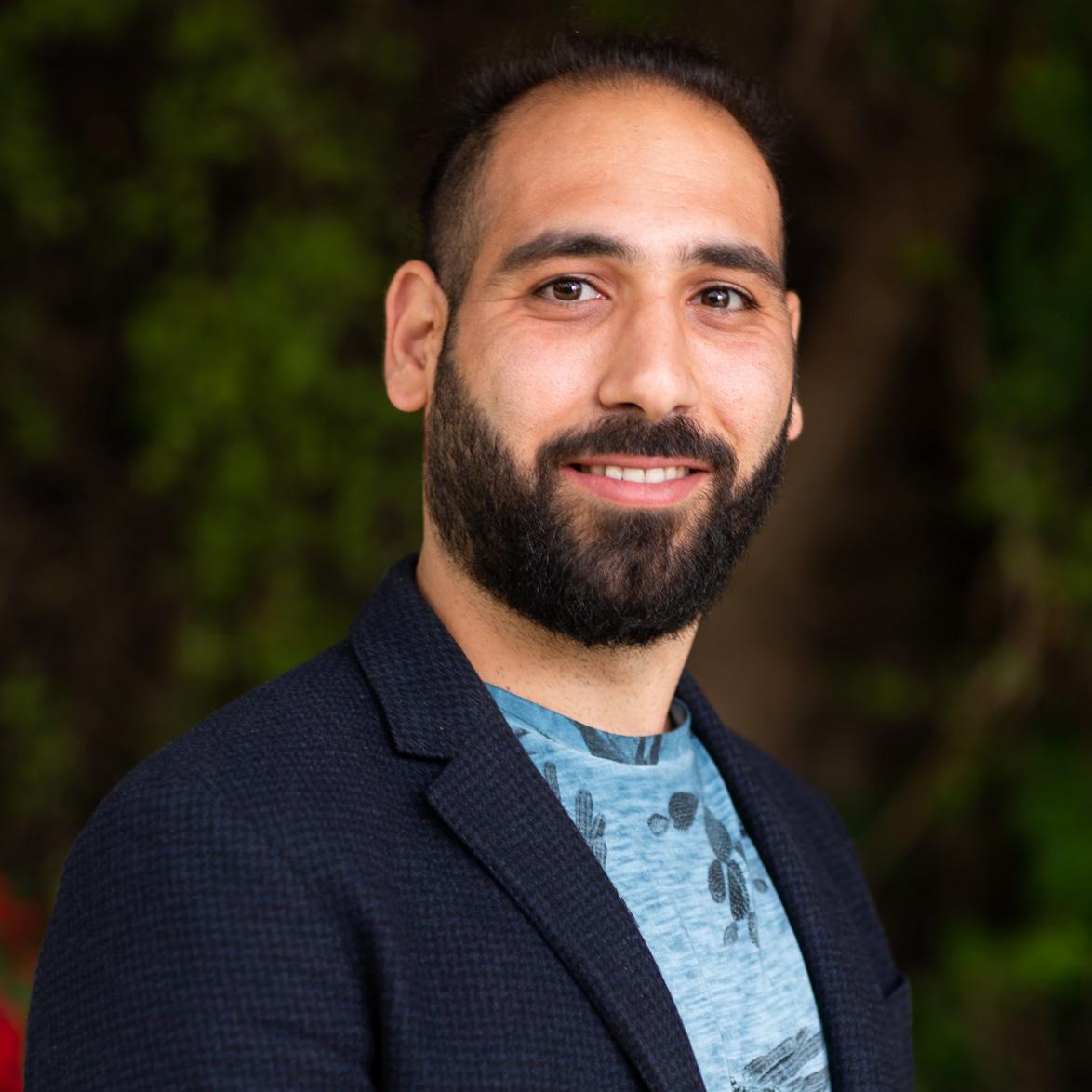
Dr. Samer Gnaim
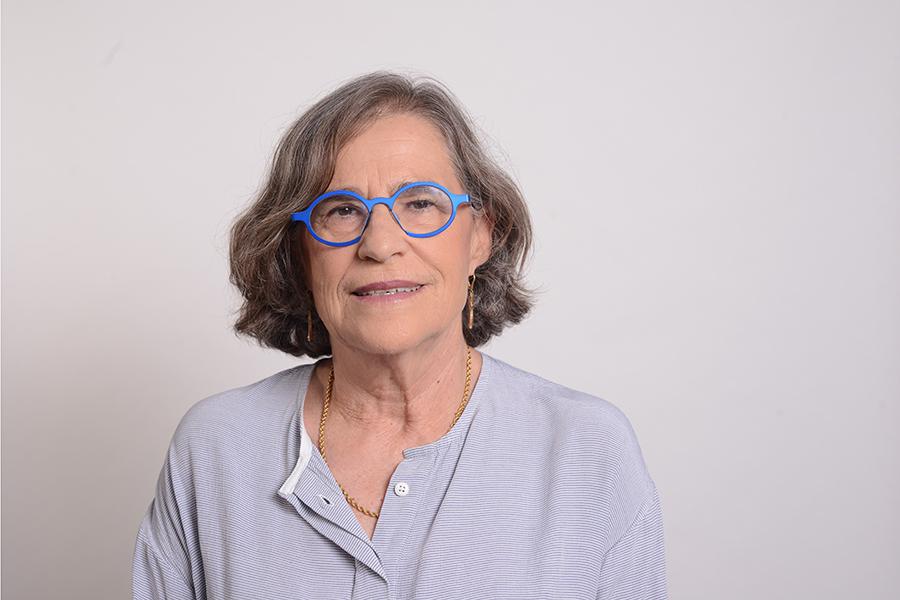
Prof. Daniella Goldfarb
The Goldfarb lab focuses on developments of pulse electron paramagnetic resonance (EPR) spectroscopy methods and their applications to problems in Biophysics and Structural Biology in vitro and in cells.
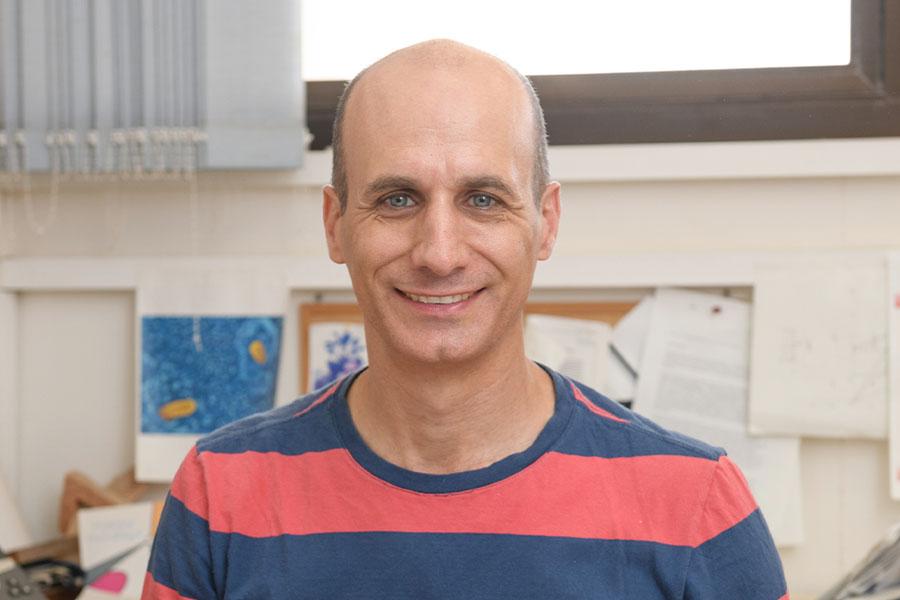
Prof. Nir Gov
We develop theoretical physics models to describe biological systems from the scale of cells to the scale of animal groups, and the human brain. Inspired by these living systems, we explore new physics of active systems.
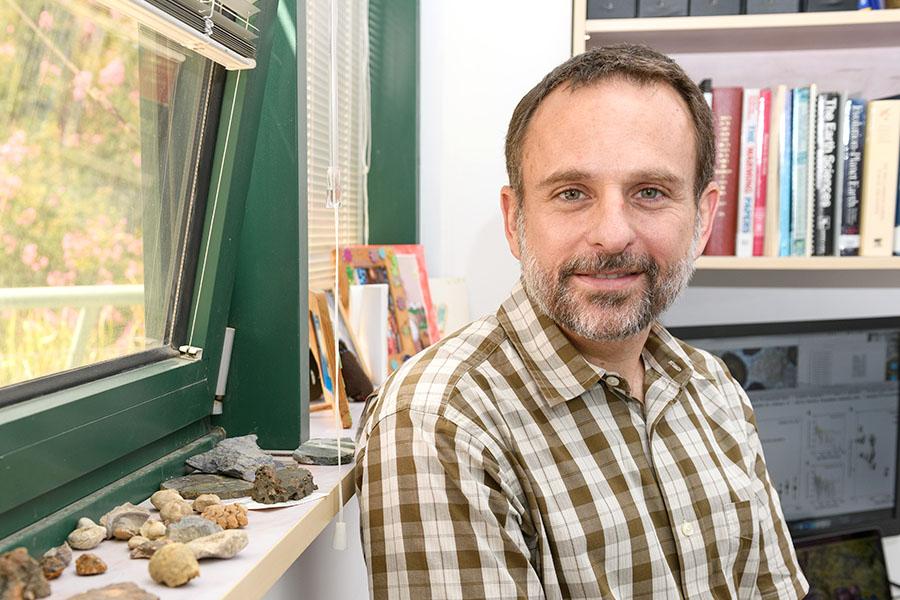
Prof. Itay Halevy
The Halevy group combines theory, laboratory experiments and geochemical observations to understand the long-timescale co-evolution of the chemistry of the oceans and atmosphere, the (micro)biological activity at Earth’s surface, and the planet’s climate.
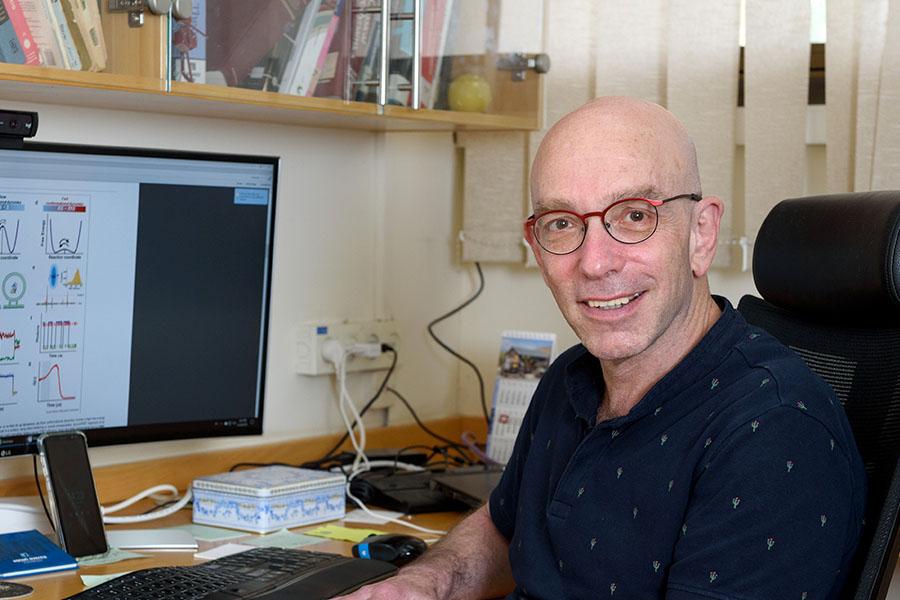
Prof. Gilad Haran
The Haran group uses a spectrum of single-molecule spectroscopic tools to study problems in biological and chemical physics, from the functional cycles of protein machines to the interaction of quantum emitters with plasmonic devices.
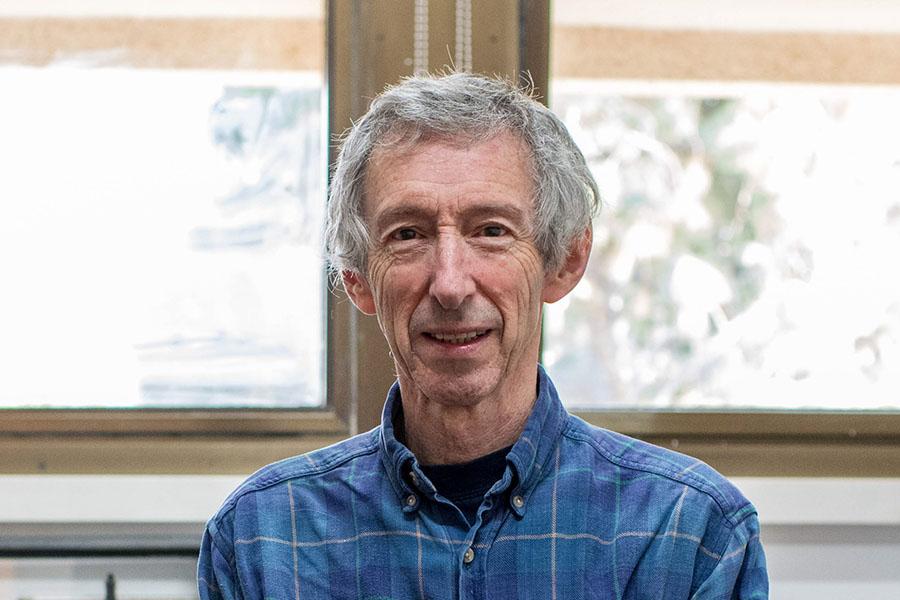
Prof. Gary Hodes
We study (together with David Cahen) halide perovskite semiconductors with emphasis on their properties relevant to photovoltaic applications.
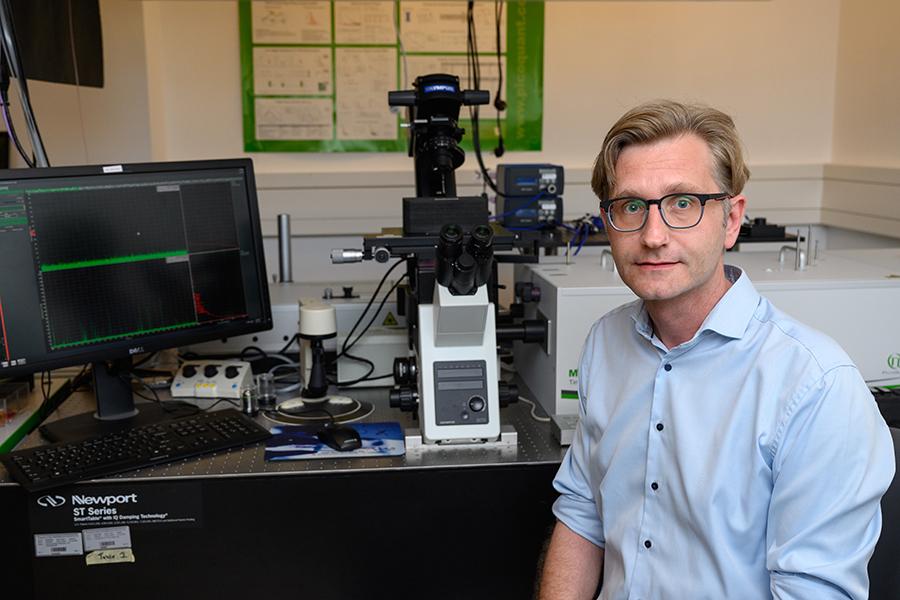
Prof. Hagen Hofmann
Dynamics and flexibility of biomolecules are key for their function. The Hofmann lab uses state-of-the-art single-molecule tools to understand the dynamics of proteins and gene networks on timescales from nanoseconds to hours.

Prof. Amnon Horovitz
Research in the Horovitz group focuses on understanding the allostery and function of the GroEL and CCT/TRiC protein folding machineries.
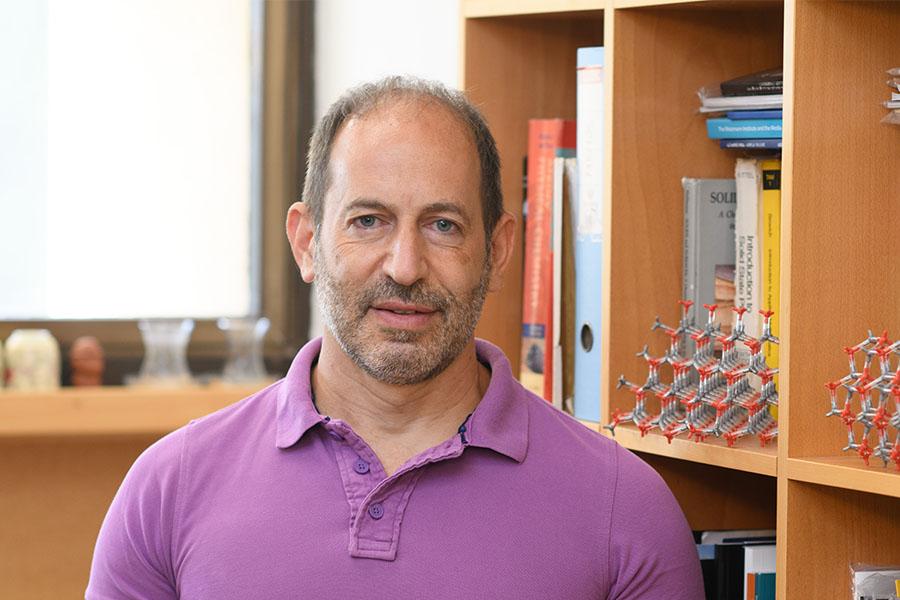
Prof. Ernesto Joselevich
We investigate the formation and organization of nanomaterials (including nanowires, nanotubes and 2D materials), their physical properties (structural, mechanical, electronic, optical, optoelectronic, electromechanical, etc.), and their integration into functional systems (computing, solar cells, sensors, etc.).
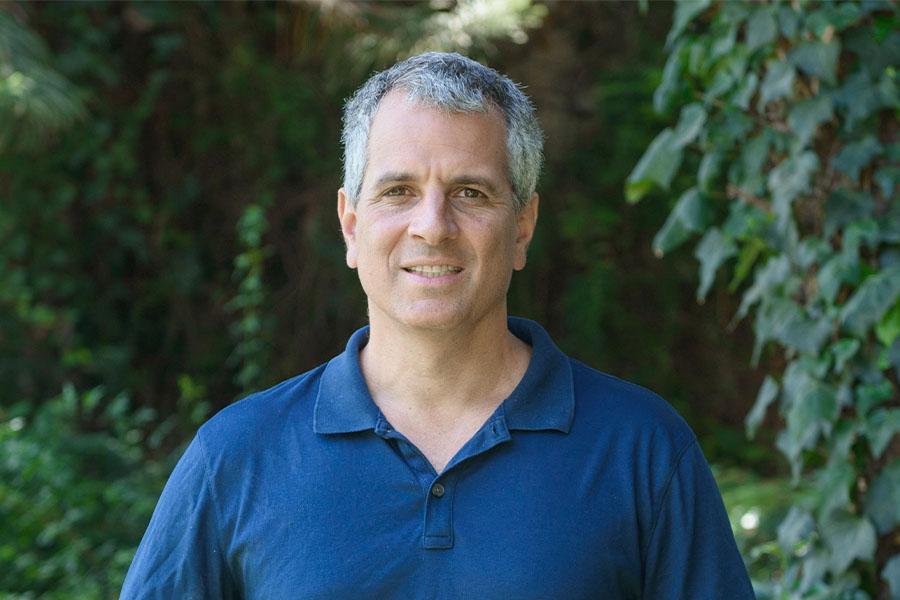
Prof. Yohai Kaspi
Our group studies Geophysical Fluid Dynamics on Earth and other planets. Focus areas include midlatitude atmospheric dynamics and climate change, atmospheres/interiors of the giant planets with strong involvement in space missions, and exoplanet atmospheres.
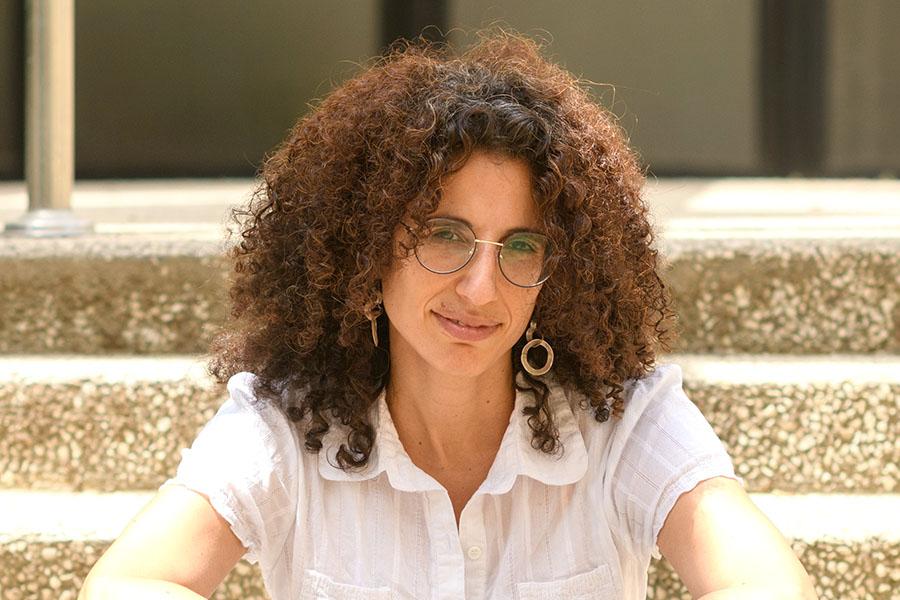
Dr. Yael Kiro
I am a geochemist focused on the study and characterization of physical processes on Earth. I use trace elements and radiogenic isotopes combined with modeling to understand water-sediment interaction, water flow mechanisms, and paleoclimate.
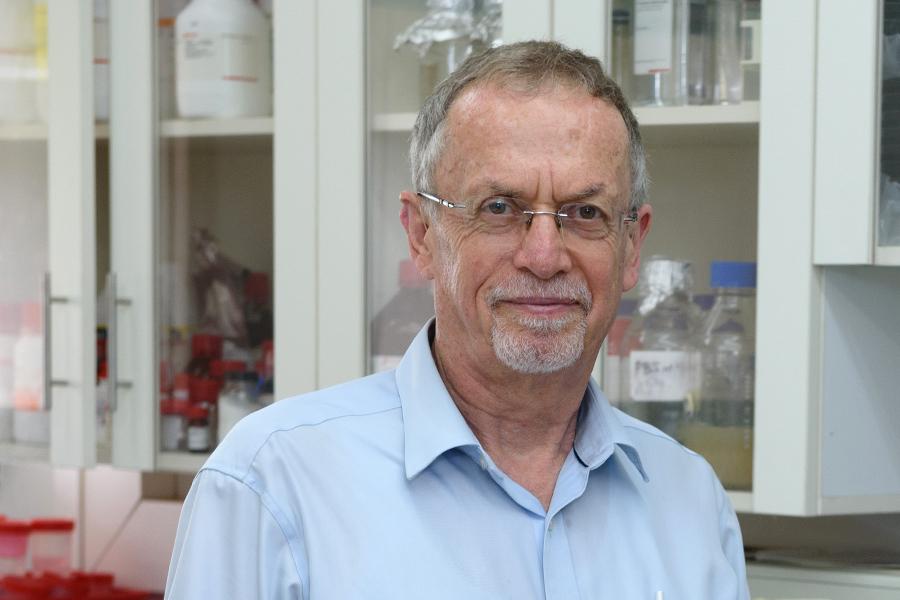
Prof. Jacob Klein
The Klein group studies surface interactions in soft and biological matter from molecular to macroscopic scales. Current projects include lubrication and biolubrication (and its relation to osteoarthritis), and drug delivery using liposomic carriers.
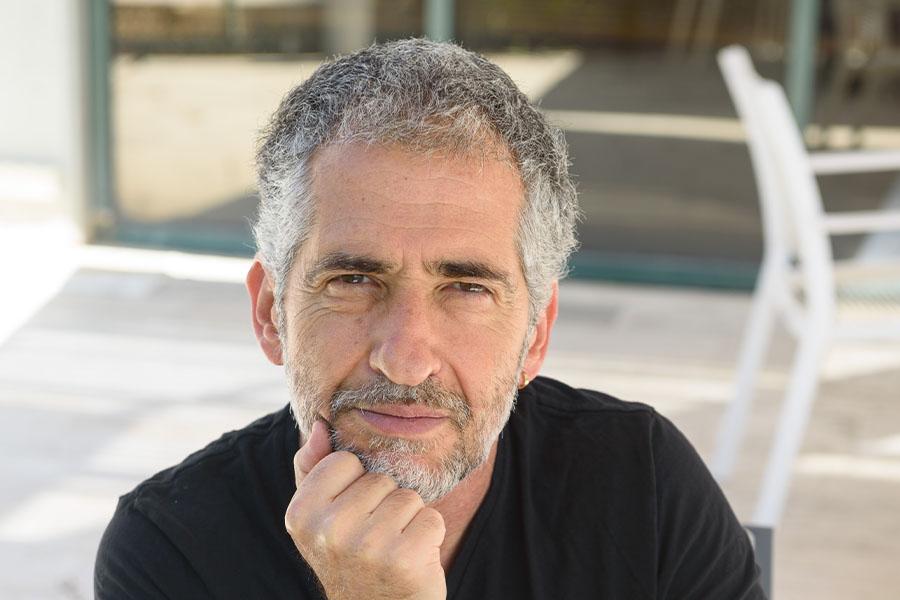
Prof. Ilan Koren
We study cloud and rain physics and ocean-atmosphere interactions. We explore theoretical aspects of complex systems using the above media as models to look into pattern formation, self-organization and their effects on the climate system.
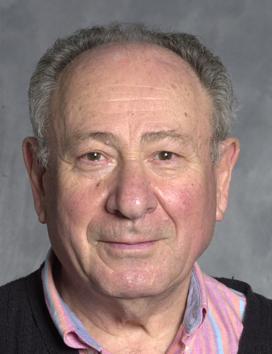
Prof. Valeri A. Krongauz
Valeri Krongauz joined the Faculty of Chemistry in 1976. Main interest - organic photochromism.
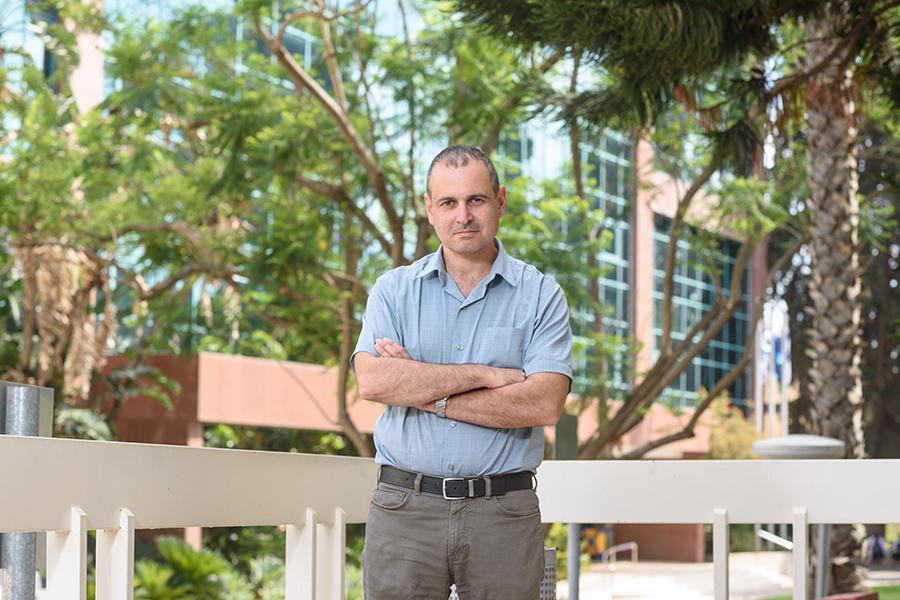
Prof. Leeor Kronik
The Kronik group studies unique properties of materials using first principles quantum mechanical calculations based mostly on density functional theory. The group develops formalism and methodology and applies it to the prediction/interpretation of novel experiments.
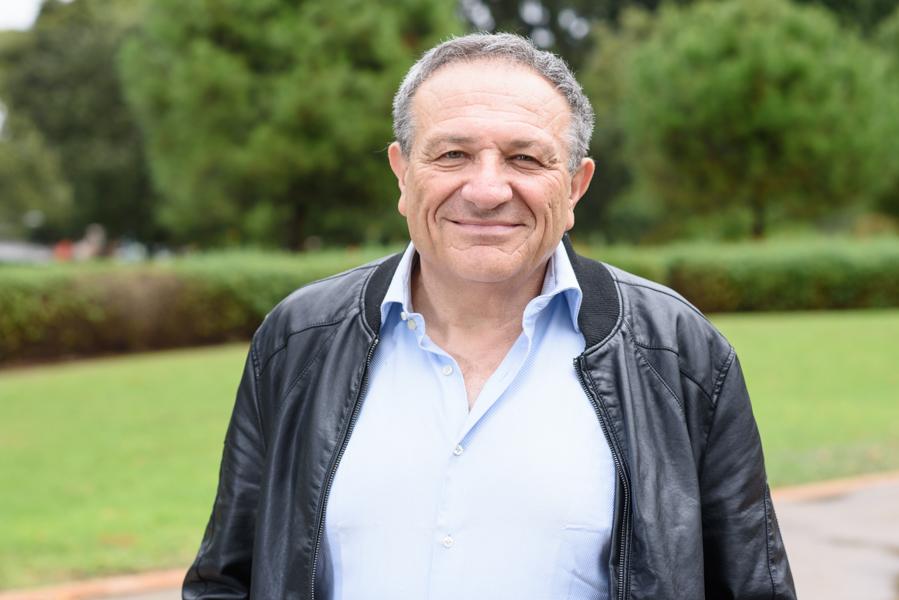
Prof. Gershon Kurizki
Prof. Kurizki’s group studies the theory of quantum thermodynamics, quantum optics, quantum measurements and the control of open quantum systems.
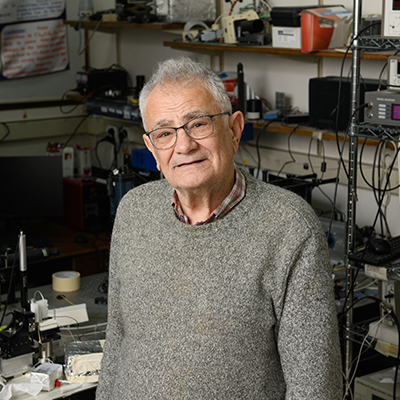
Prof. Meir Lahav
Meir Lahav scientific interests are directed towards the understanding of the physical properties of crystals in general, and their applications for the understanding the mechanism of electrofreezing effect of super cooled water in particular.
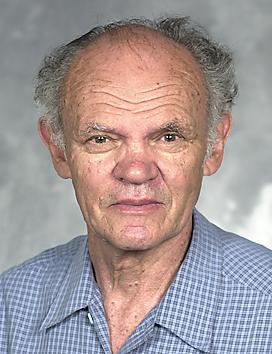
Prof. Leslie Leiserowitz
L. Leiserowitz is working on the Malaria pigment (The Achilles heel of the Plasmodium parasite), crystallization of cholesterol with a focus on atherosclerosis, laser induced nucleation of ice, and structure determination of biogenic photonic crystals.
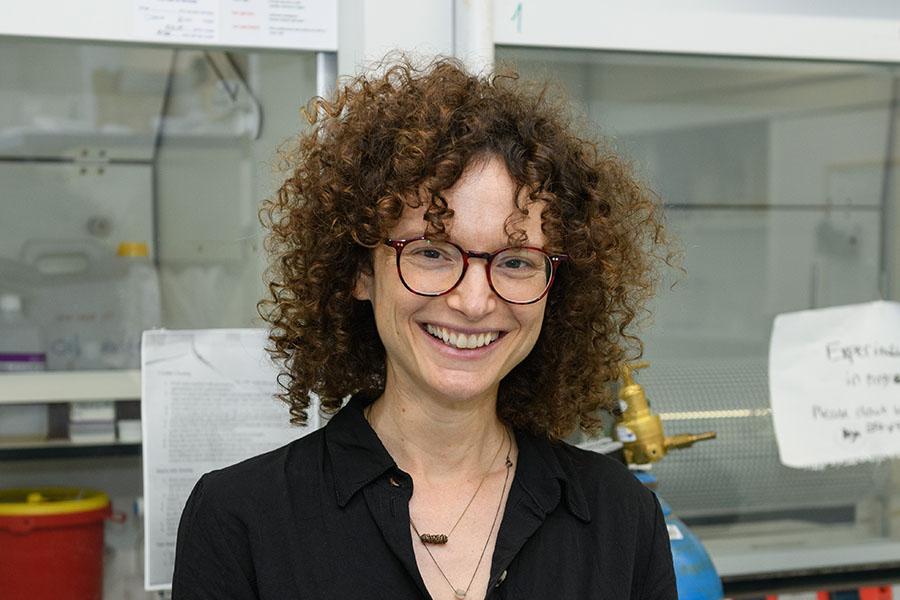
Prof. Michal Leskes
Development of advanced solid state NMR spectroscopy methods for materials science applications, with particular focus on elucidating the relation between structure and function in energy storage and conversion materials
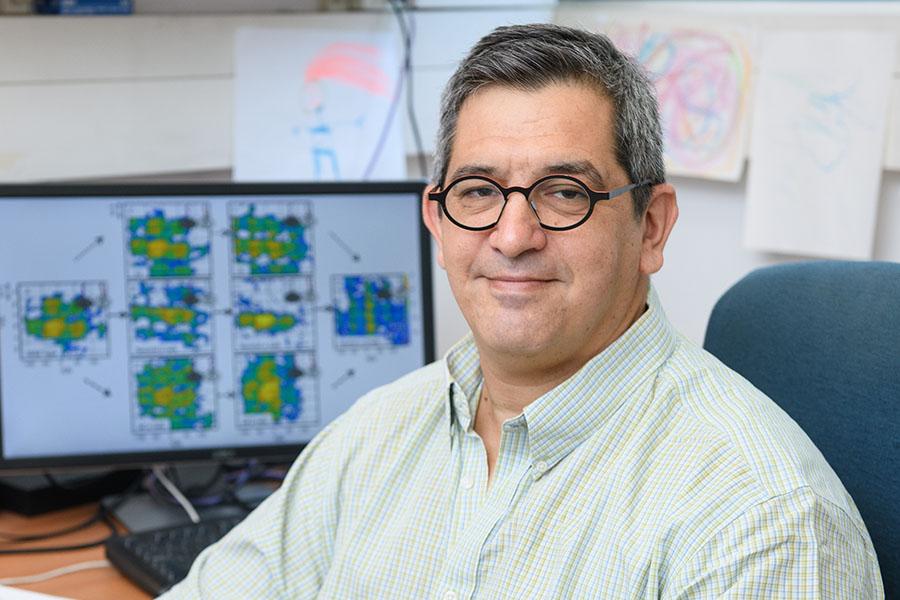
Prof. Koby Levy
The Levy group focuses on understanding the dynamics of biological self-assembly at the molecular level by using and developing computational and theoretical approaches.
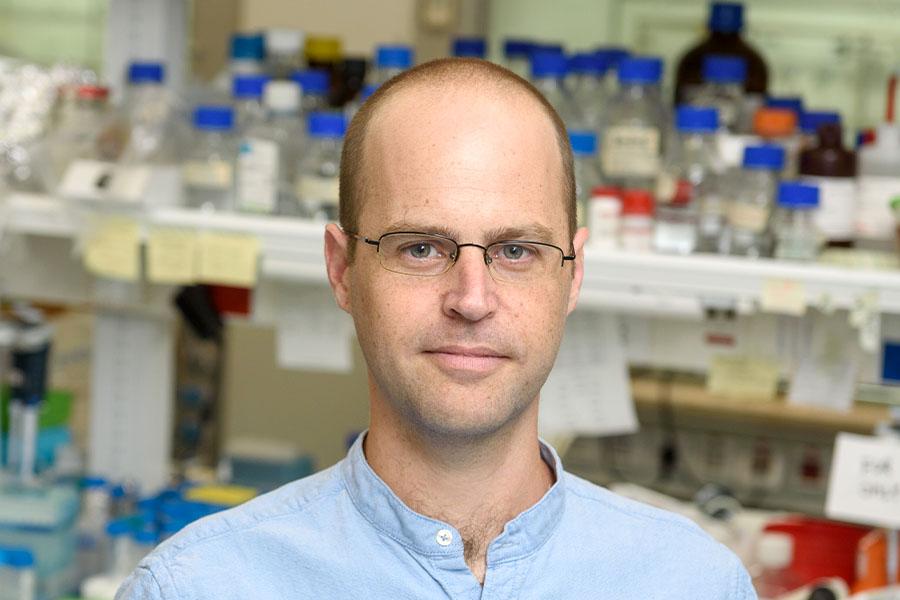
Prof. Nir London
We are a multidisciplinary lab that uses computation, chemistry and biology do develop new technologies for ligand discovery. We focus on covalent ligands with applications to chemical biology and drug discovery.
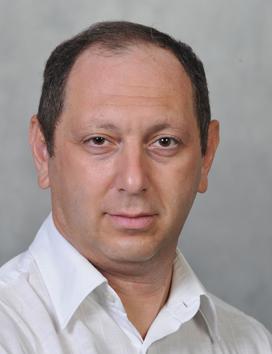
Prof. Igor Lubomirsky
Structural, mechanical, electromechanical, and polar properties of materials. Specific directions: non-classical electrostrictors, piezoelectrics and strongly anelastic solids; influence of surface charge and impurities on ice nucleation; recycling of gold, platinum and rare earth form waste; flue gases desulfurization
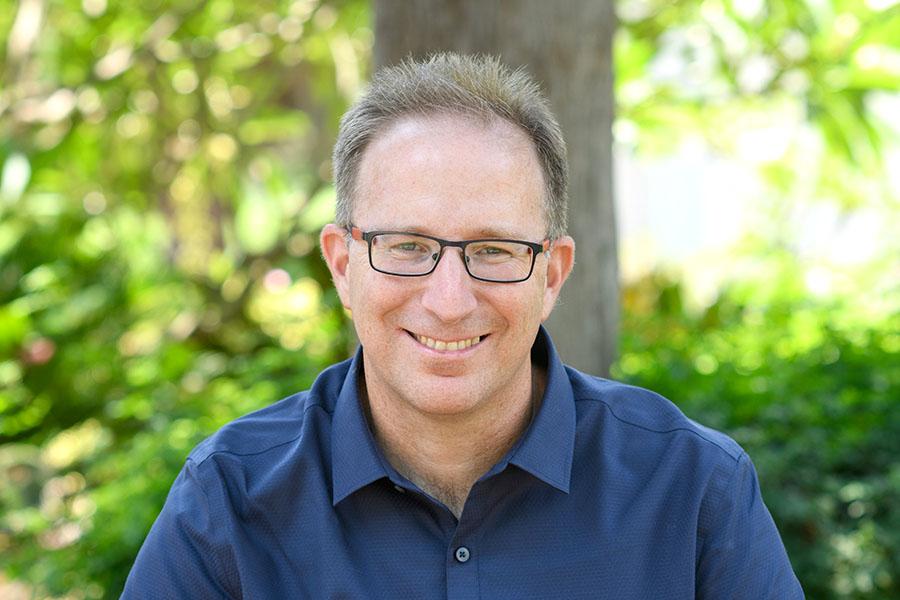
Prof. David Margulies
We develop synthetic agents that interact with proteins and sense or regulate their function. The lab employs a multidisciplinary approach that combines organic synthesis, protein mimicry, DNA self-assembly, and fluorescent molecular sensor design in order to address fundamental challenges at the interface of chemistry and biology.
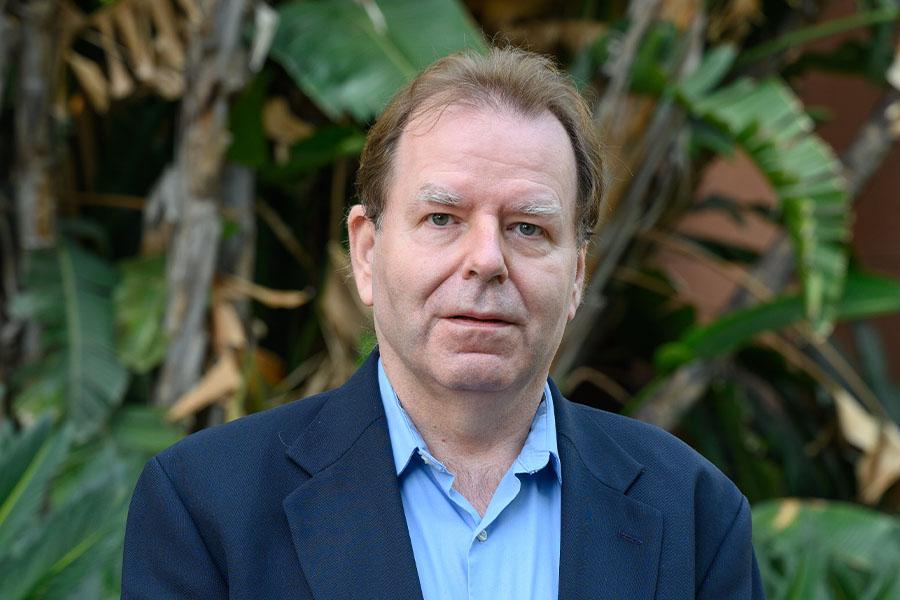
Prof. Gershom (Jan) Martin
Our field is computational quantum chemistry: we believe in the complementarity of high-accuracy wave function approaches and lower-cost density functional theory approaches. Applications center on catalysis, noncovalent interactions, and computational biochemistry.
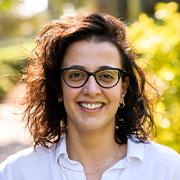
Dr. Elena Meirzadeh
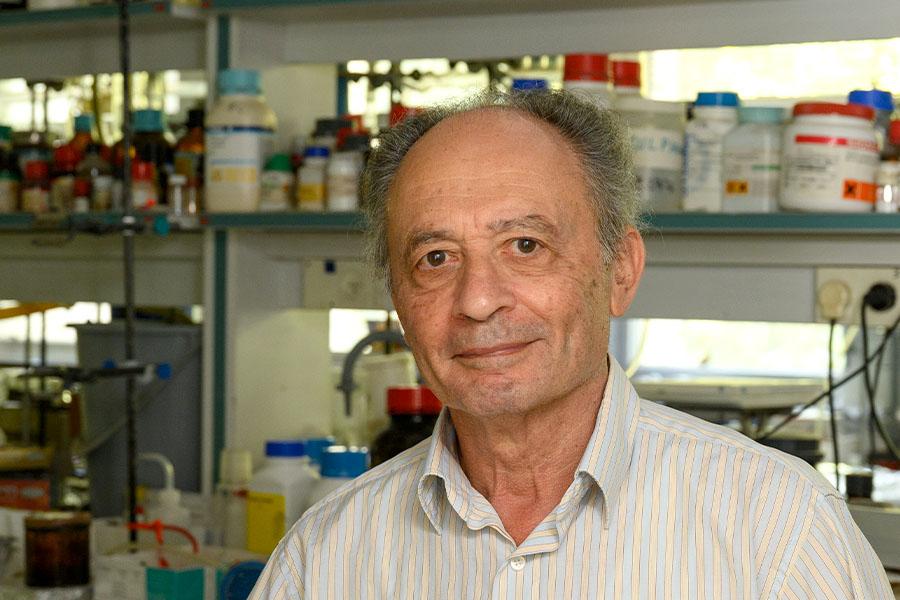
Prof. David Milstein
The Milstein group designs and develops green and sustainable reactions catalyzed by metal complexes for waste-free organic synthesis and renewable energy, based on new approaches to the activation of strong chemical bonds.
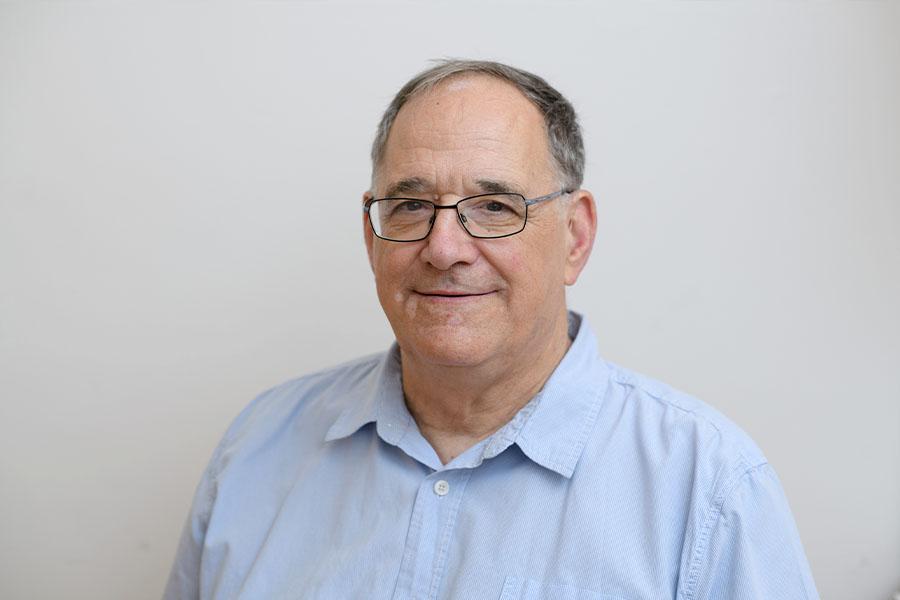
Prof. Ron Naaman
The group studies the chiral induced spin selectivity (CISS) effect and its implications and applications in Chemistry, Physics and Biology. Among others we study chiral molecules in: spintronics, ennatioseparation, bio-recognition, and spin selective chemistry.
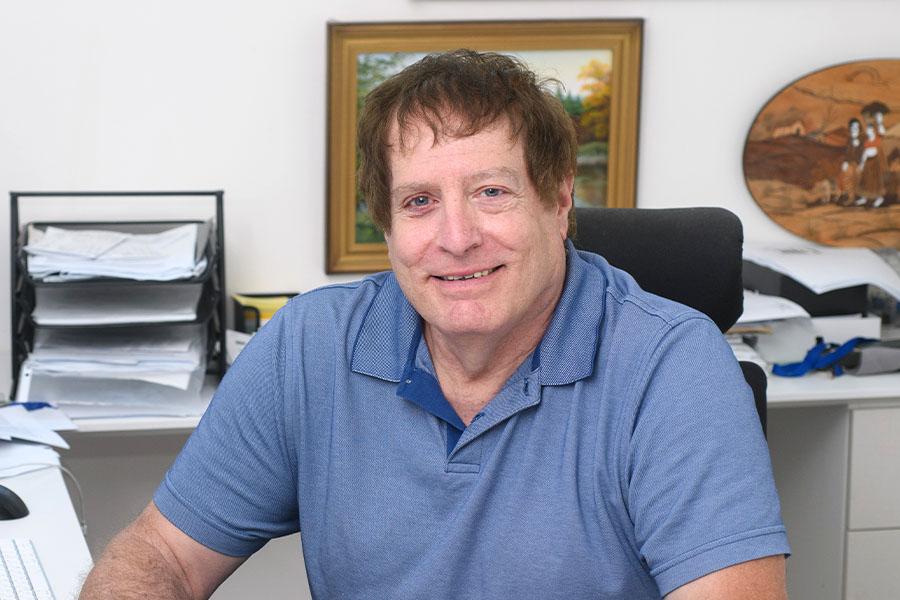
Prof. Ronny Neumann
The Neumann Lab focuses on catalysis, sustainable chemical transformations and renewable energy research. Using electro- and photochemical techniques the research involves activation and use of small molecules such as oxygen, nitrogen, water and carbon dioxide.
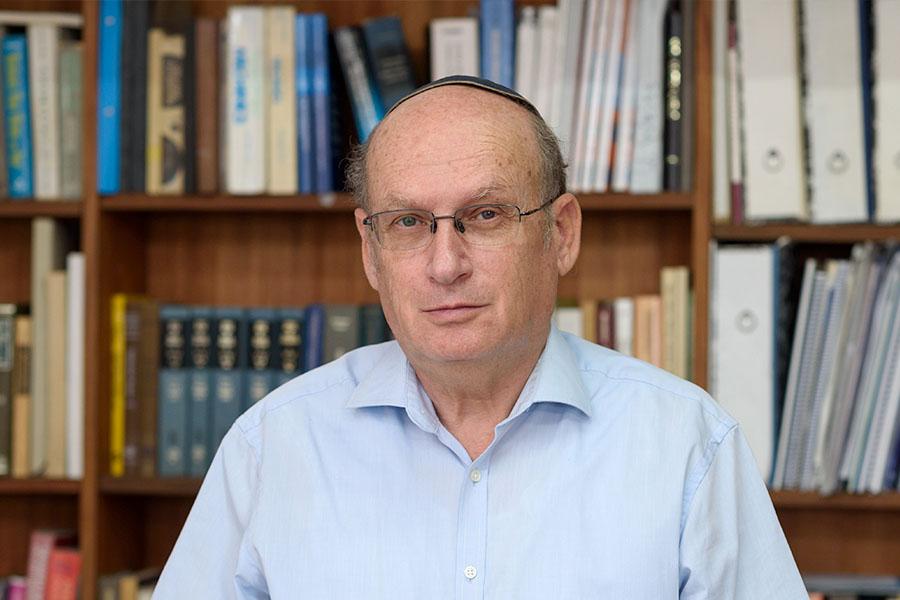
Prof. Eli Pollak
Pollak’s research centers on fundamentals of molecular physics and method development for solution of relevant quantum challenges. Examples include development of lower bounds to energies; elucidation of quantum tunneling times; semiclassical real time propagation methods.
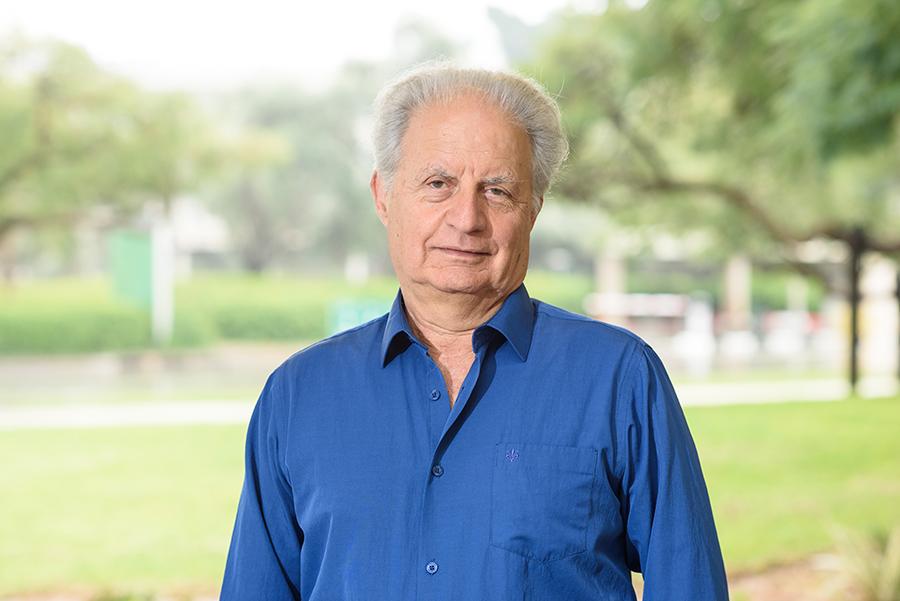
Prof. Yehiam Prior
Ultrashort laser pulses are used to control the alignment and orientation of molecules in general and asymmetric top molecules in particular. Yehiam Prior is the Institute CIO and heads its Division of Information Systems.
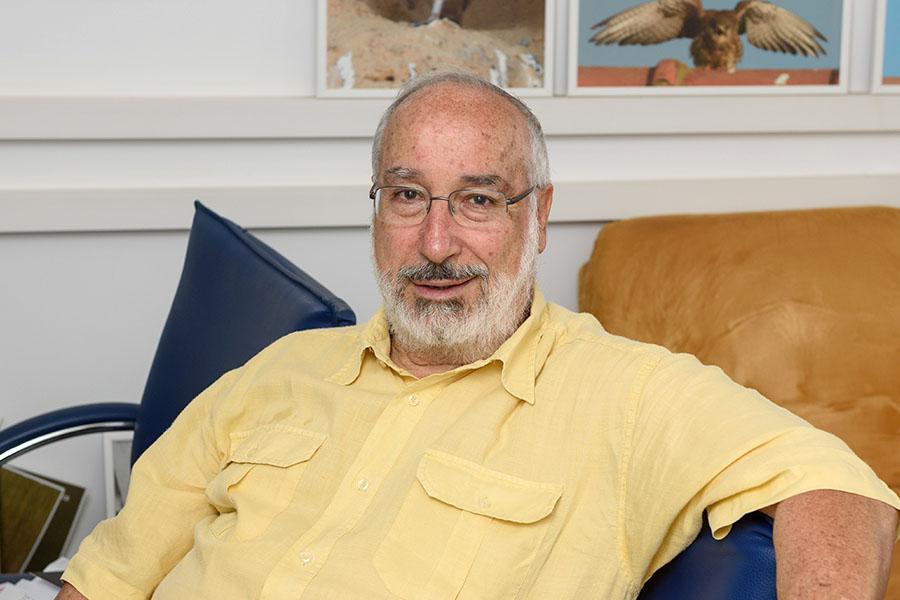
Prof. Itamar Procaccia
The work in my group focuses on Statistical and Nonlinear Physics of complex systems, often out of equilibrium. Currently we work on the unusual properties of amorphous solids, from glasses through granular systems to soft matter.
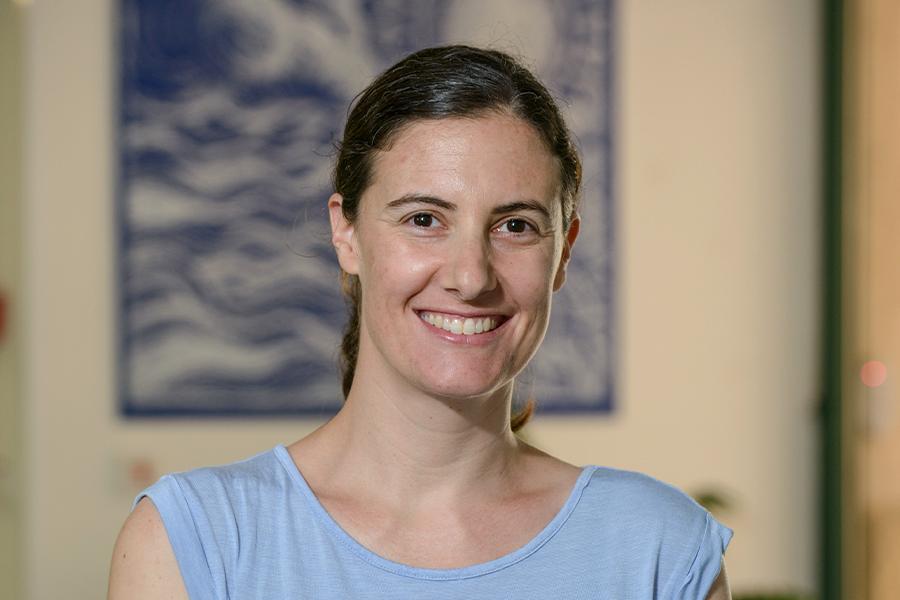
Dr. Shira Raveh-Rubin
The dynamical meteorology group studies the atmospheric flows and interacting mechanisms across scales that drive the variability, climatology and (extreme) impact of extratropical weather systems.
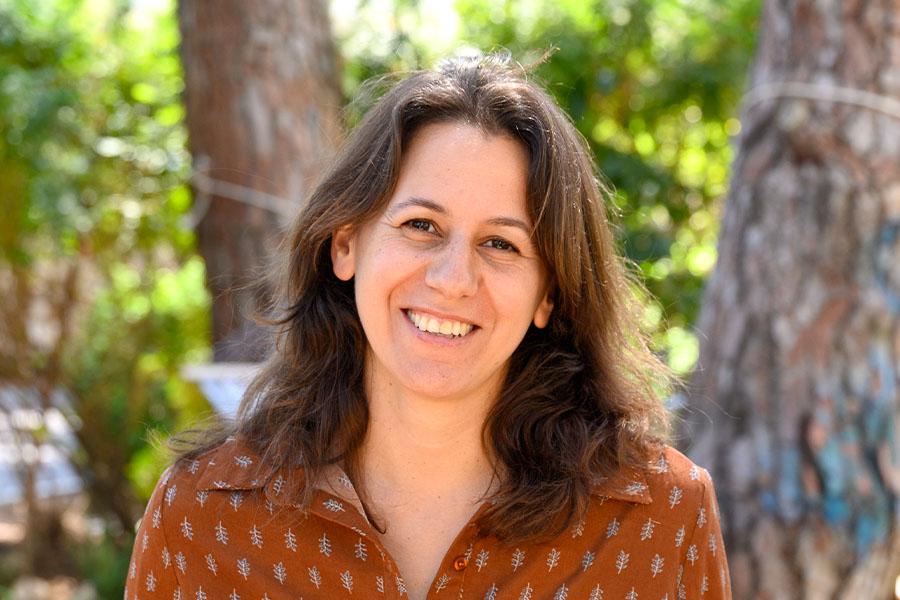
Dr. Sivan Refaely-Abramson
Our group develops and applies ab initio many-body computational approaches to study excited-state transport and dynamics and complex exciton phenomena in extended functional materials.
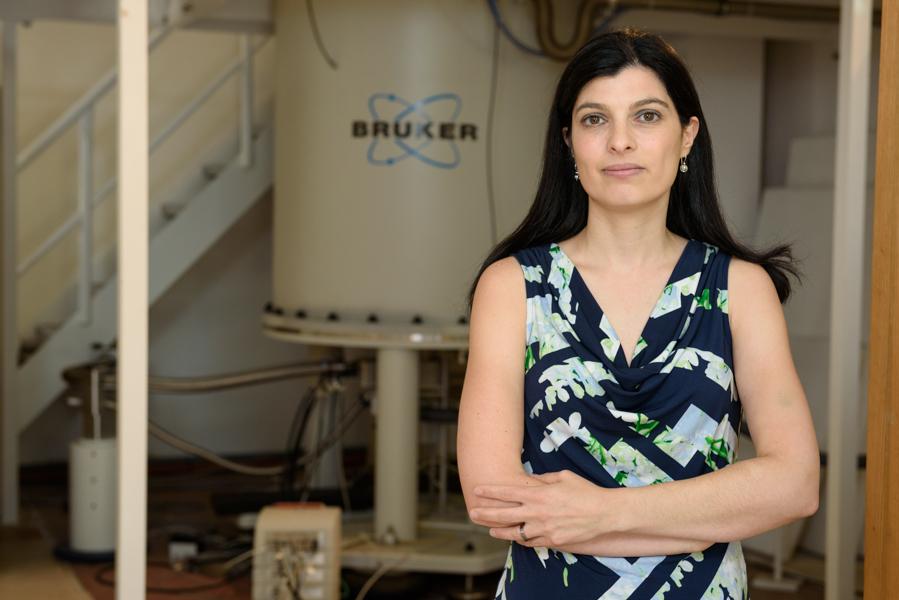
Dr. Rina Rosenzweig
The Rosenzweig lab uses advanced NMR, biophysical, and biochemical approaches to study the structure, dynamics, and interactions of large protein assemblies, focusing on identifying and understanding mechanisms that combat neurodegenerative disorders and protein misfolding diseases.
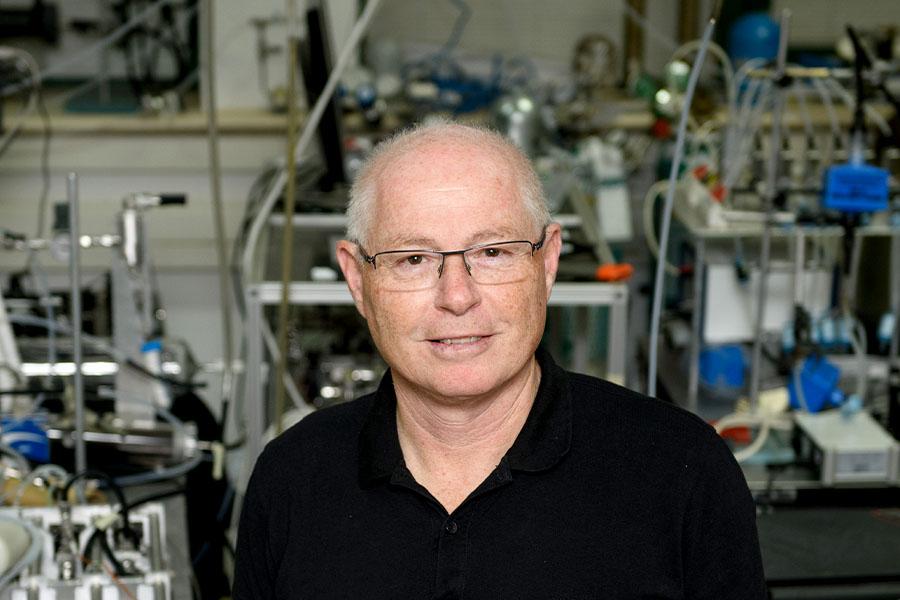
Prof. Yinon Rudich
Our research is motivated by the global impacts of atmospheric dust, air pollution and microorganisms on climate, and human health. Our approach is inherently multidisciplinary geared towards developing new approaches to probe aerosols’ properties and processes in the atmosphere.
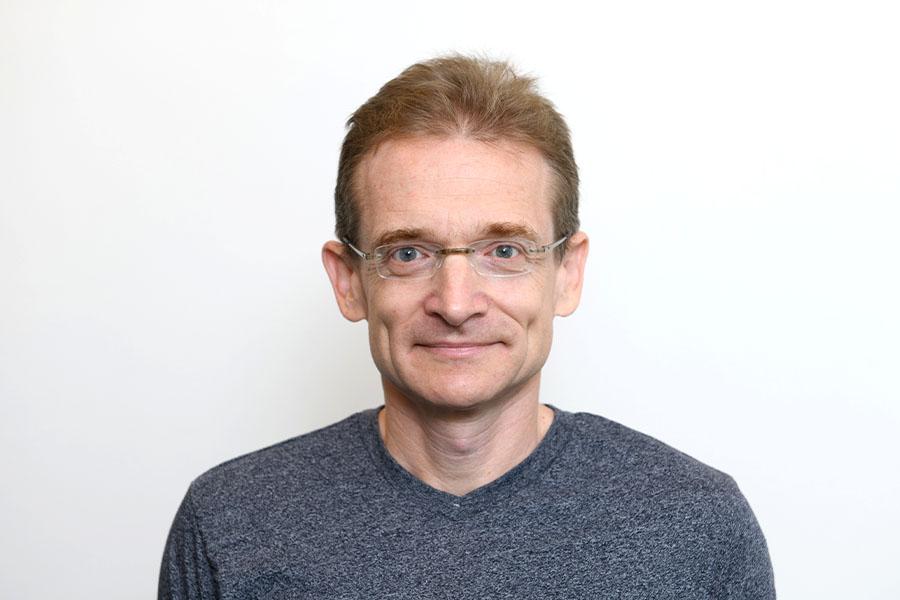
Prof. Boris Rybtchinski
We develop robust noncovalent materials (molecular plastics) that are easily fabricated and recycled, enabling a sustainable alternative to conventional pastics. We also work on energy materials that are employed in batteries and solar cells.
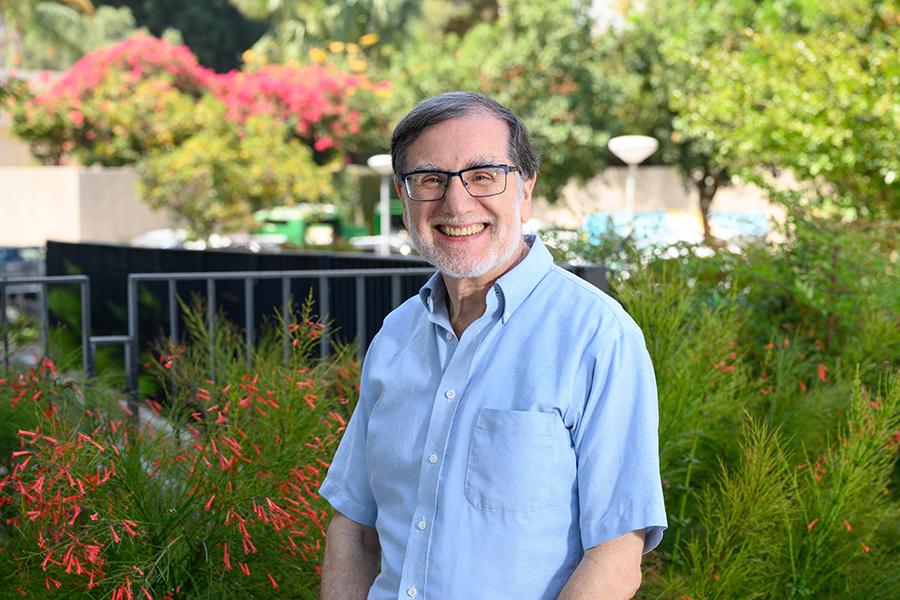
Prof. Samuel Safran
Theoretical studies of the structure, phase behavior and dynamics of biological cells and their relation to the soft matter. Topics of interest: cell volume determination, phase separation and chromatin organization, and spontaneous oscillations of cardiomyocytes.
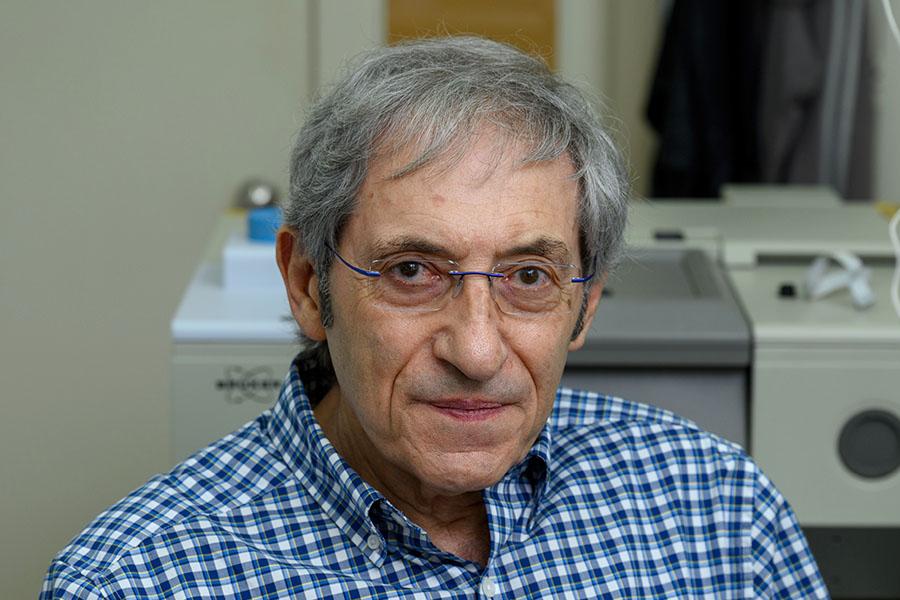
Prof. Jacob Sagiv
Current research focuses on a new type of chemical transformations induced by electrons at the interface between two solid materials. Such processes may convert insulating organic monolayers to patterned single-layer conductors exhibiting unusual electrical conduction.
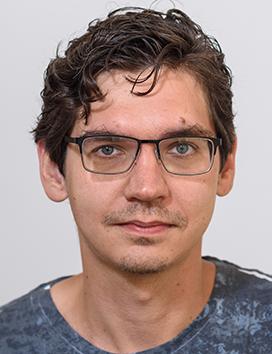
Dr. Sergey Semenov
The Semenov group uses tools of organic and physical chemistry to understand and apply out-of-equilibrium phenomena in chemical systems.
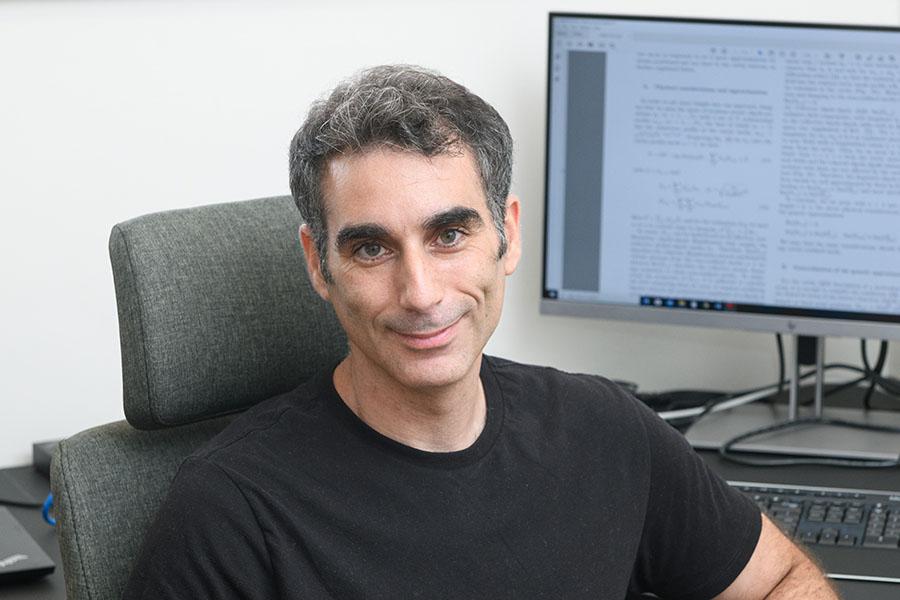
Dr. Ephraim Shahmoon
Our aim is to advance the theory and understanding of quantum light-matter interactions at the collective level, both for the study of fundamental phenomena and as a novel resource for emerging quantum technologies.
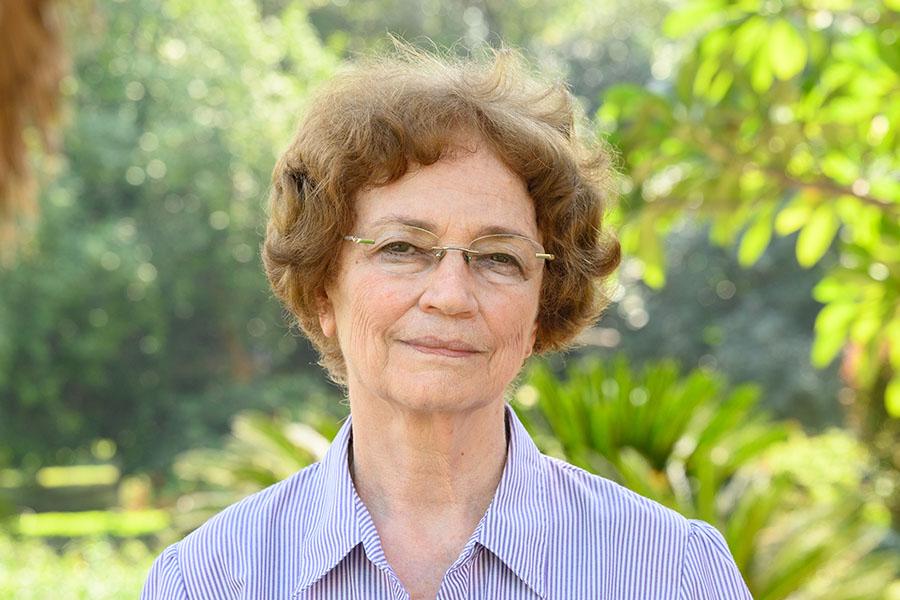
Prof. Zippora Shakked
Structural studies on the tumor suppressor p53 and its interaction with DNA. Structural studies on cancer-related p53 mutants and their restoration by small molecules. Structure-function studies on enzymes from Mycobacterium tuberculosis as potential drug targets.
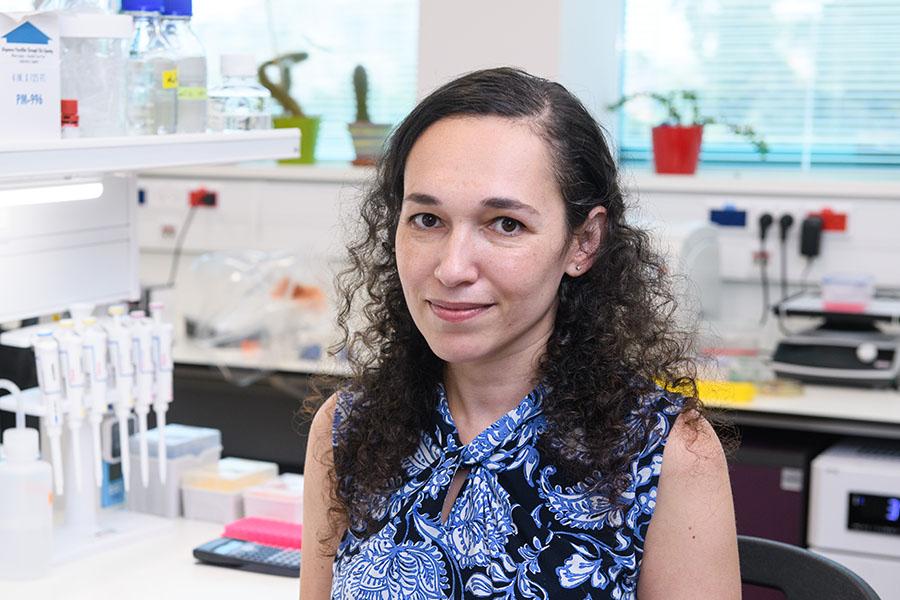
Dr. Moran Shalev-Benami
Employing a multidisciplinary approach, the Shalev-Benami lab focuses on visualizing the architecture of macromolecular assemblies, with the aim of learning how structure contributes to their ability to mediate cellular functions.
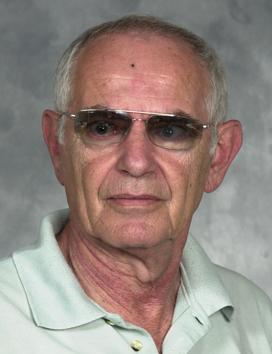
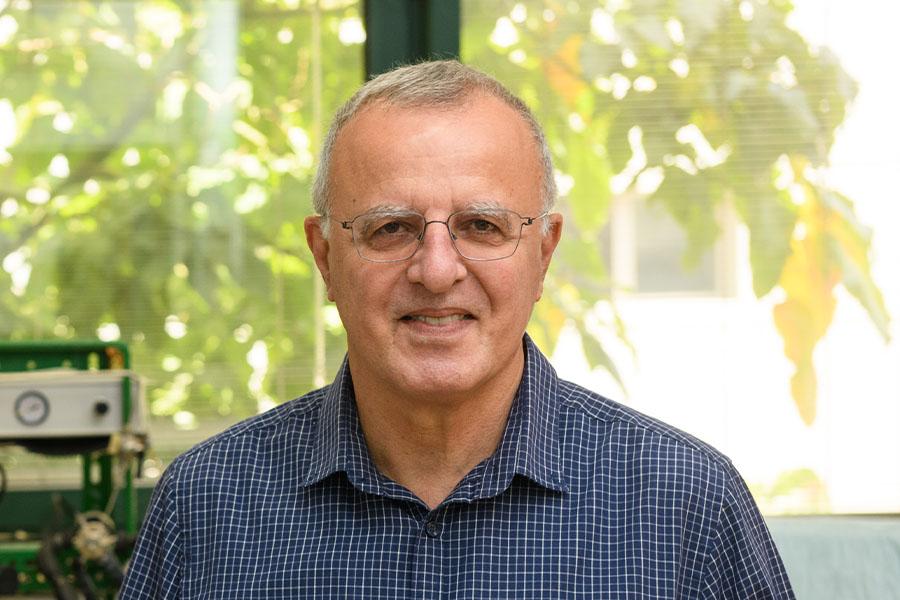
Prof. Aldo Shemesh
Our research is in the general field of low temperature geochemistry of sedimentary rocks, applying stable isotopes to paleoceanography and continental climate change. We study the Eastern Mediterranean chemical oceanography using autonomous underwater gliders.
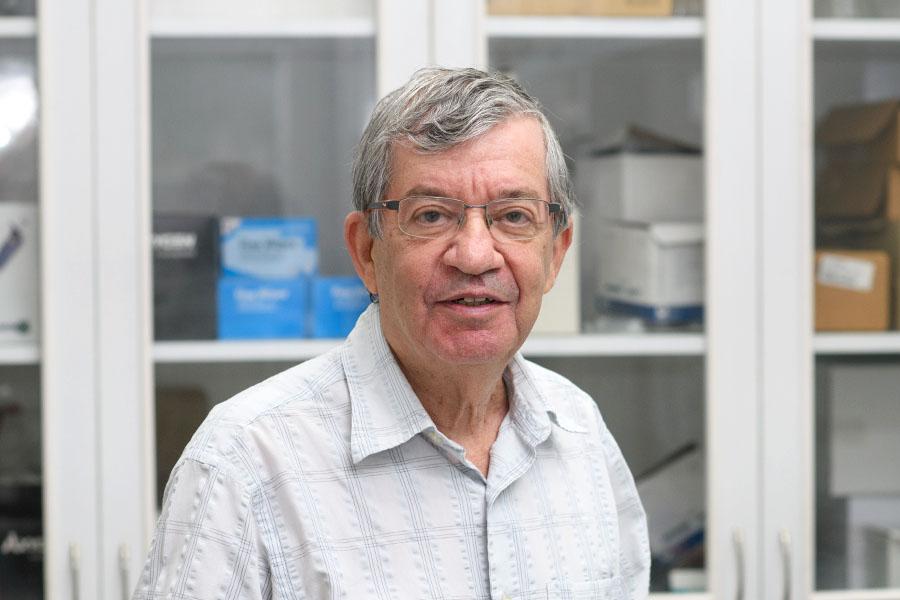
Prof. Mordechai Sheves
Sheves group studies the molecular mechanism of retinal protein function using artificial pigments, model compounds in solution and spectroscopic methods. In addition, the group studies the mechanism of the unusual efficient electronic transport through proteins.
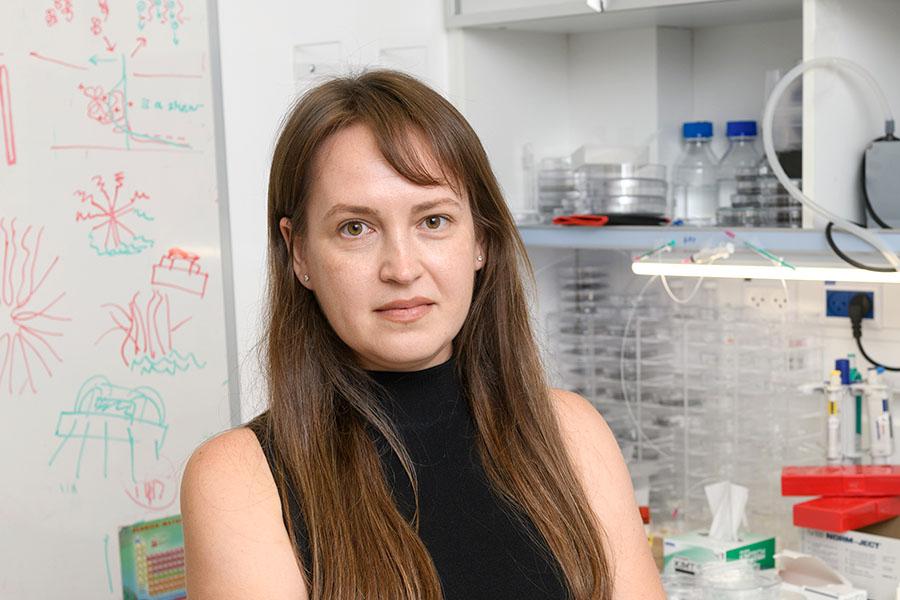
Dr. Ulyana Shimanovich
Our interdisciplinary group is studying the fibrillar self-assembly phenomenon in natural biopolymers, including proteins and protein-based complexes, with an ultimate aim to generate new types of functional materials.
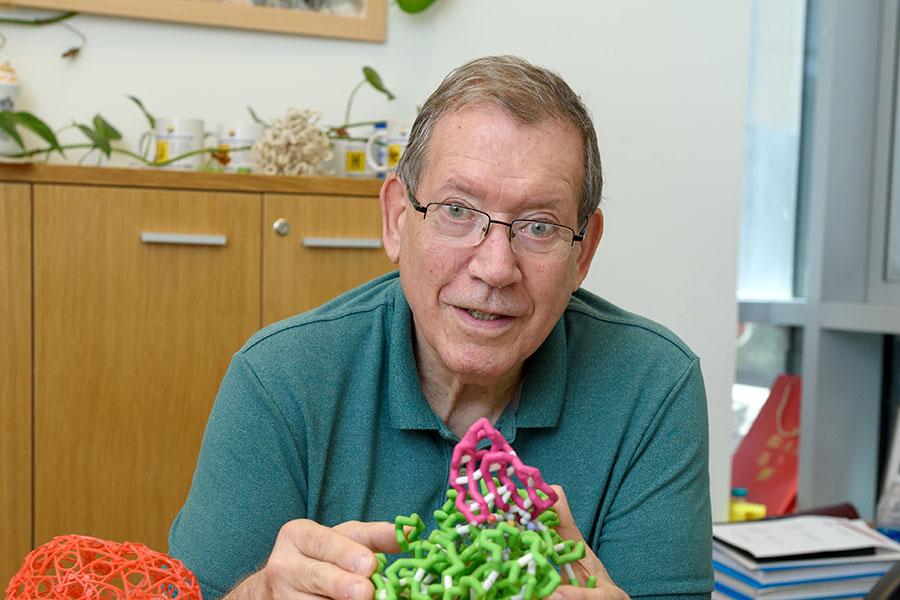
Prof. Joel Sussman
By combining molecular biology, X-ray crystallography, cryo-EM, together with novel bioinformatic tools, the Sussman lab is focused on trying to better understand how biological & chemical function is related to the 3D structure of biomacromolecules.
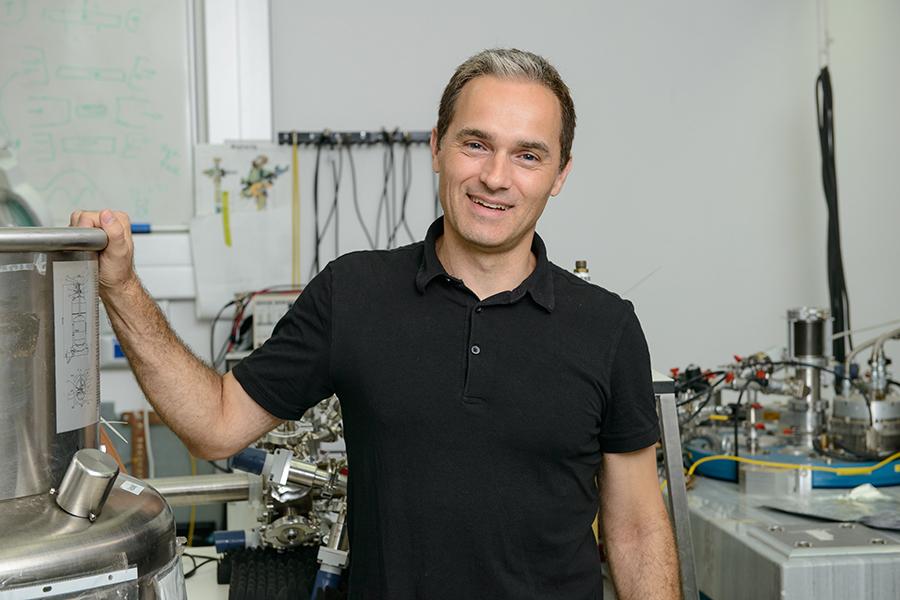
Prof. Oren Tal
Our group experimentally study electronic transport in atomic and molecular conductors, look for exotic nanoscale material properties, develop molecular quantum machines and study new ways for energy conversion at the atomic and molecular scale.
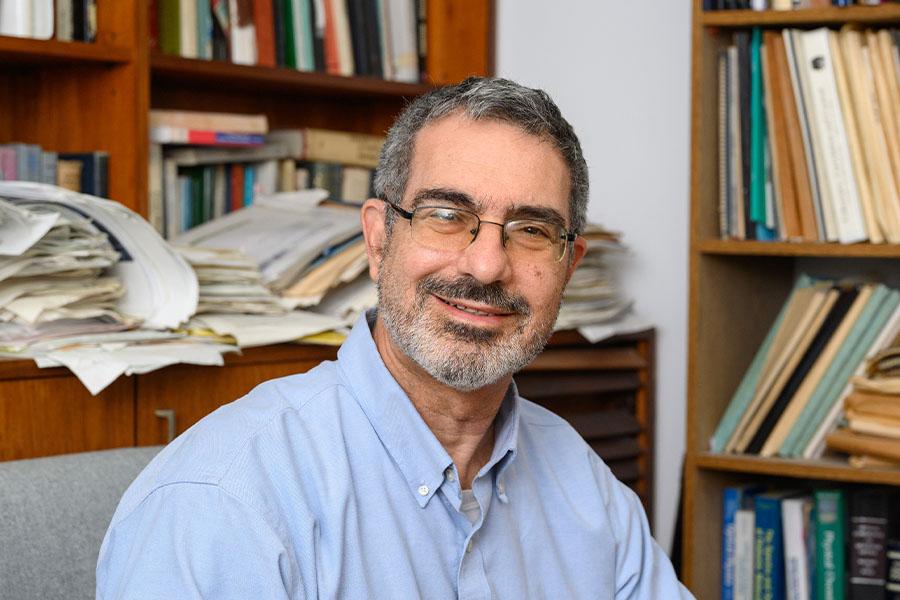
Prof. David Tannor
David Tannor is a theoretical chemist who specializes in the quantum theory of chemical reactions, classical-quantum correspondence, light-matter interactions and the active control of chemical reactions using laser light.
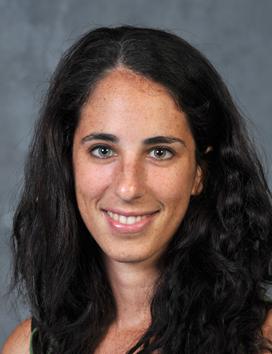
Dr. Alexandra Tayar
We are developing novel model systems that reconstitute cellular motility and division. Drawing inspiration from living systems, we extract proteins and building blocks and restore their functionality outside the cell, operating under conditions and concentrations conducive to the assembly of new complex materials and exciting non equilibrium phenomena.
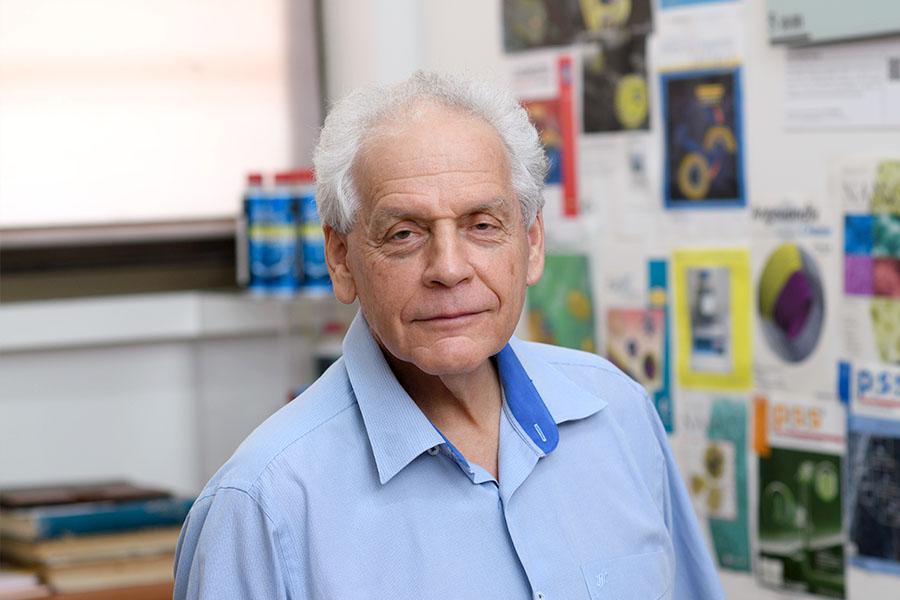
Prof. Reshef Tenne
Our research focuses on the high-temperature synthesis, structural characterization and applications of inorganic nanotubes and fullerene-like nanoparticles from layered compounds (2D-materials), and in particular transition metal dichalcogenides and “misfit” compounds.

Prof. Edward Trifonov
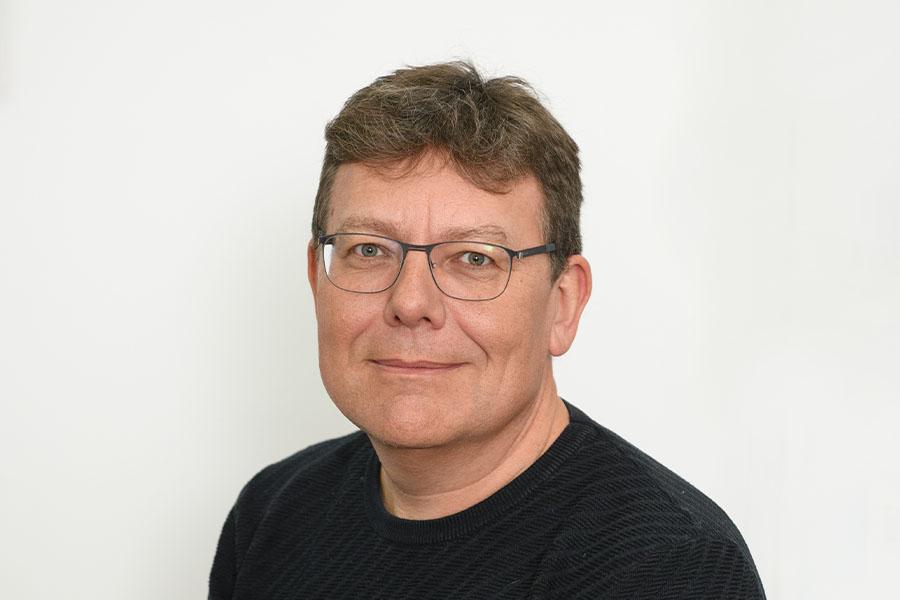
Prof. Milko van der Boom
From molecules to materials. We would like to understand how structural complexity, order and chirality emerge in crystals and thin films. Using coordination chemistry, such materials are designed to have fascinating properties.
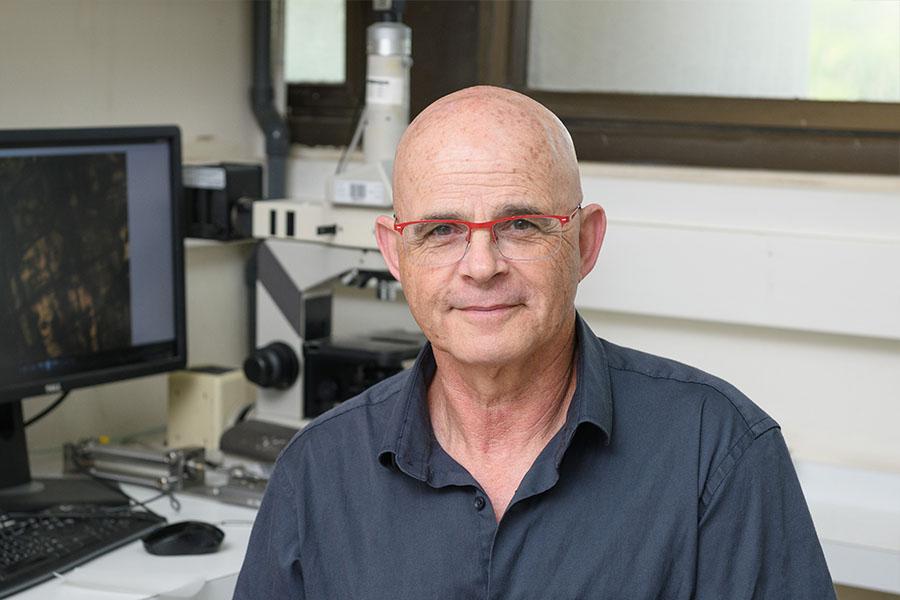
Prof. Daniel Hanoch Wagner
Research in the Wagner team concentrates on microstructure-mechanics correlations in polymer nanofibers, carbon nanotubes, graphene, nanocomposites, and biological materials.
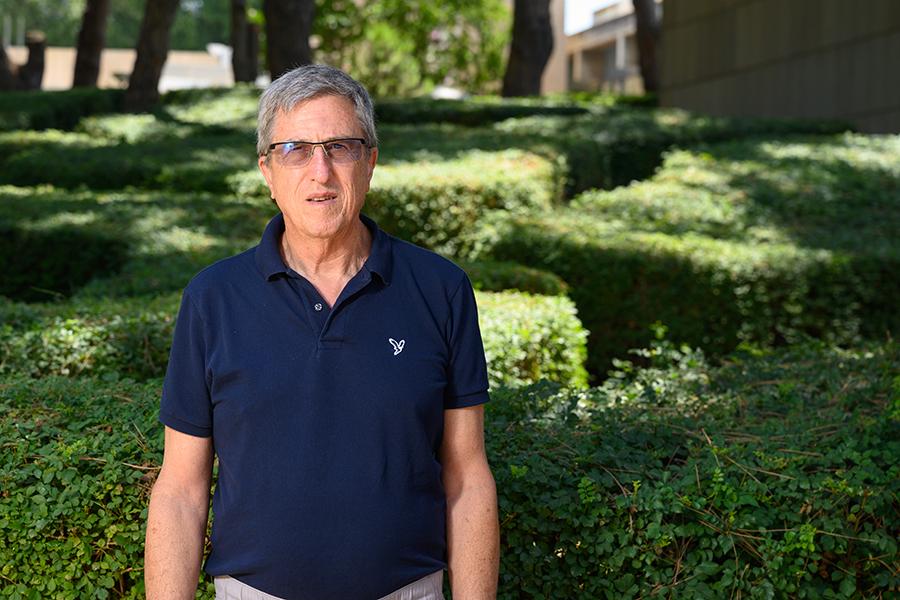
Prof. Stephen Weiner
Weiner and his research group focus on the formation of minerals in biology – biomineralization. Research topics include bone structure and formation, ion uptake, transport and deposition and the manipulation of light by inorganic and organic crystals. Weiner also carries out research in archaeological science, mainly through the study of minerals.
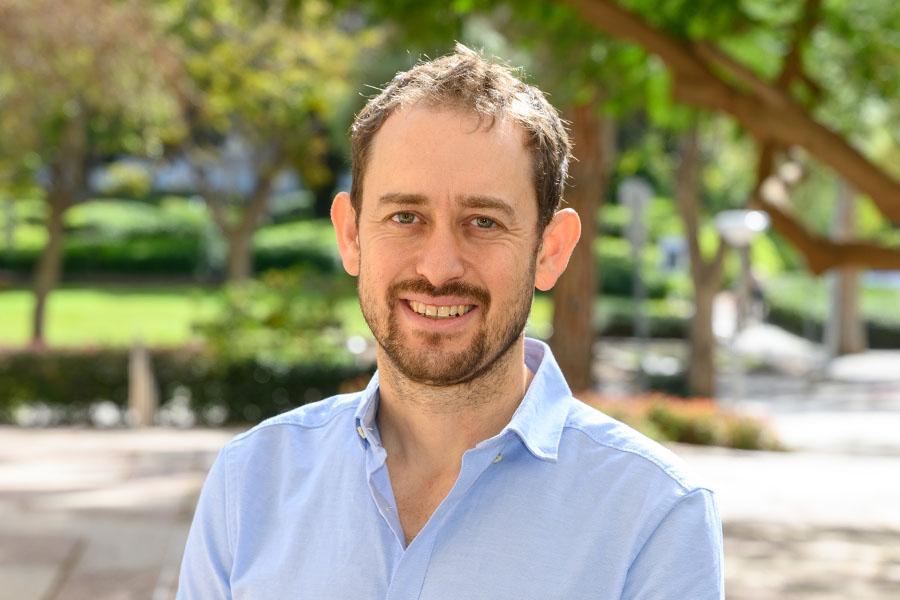
Dr. Omer Yaffe
Our team explores the structural dynamics in solids and their implication on material functionality. We use a variety of specialized spectroscopic techniques, working close to theory striving for fundamental insight.
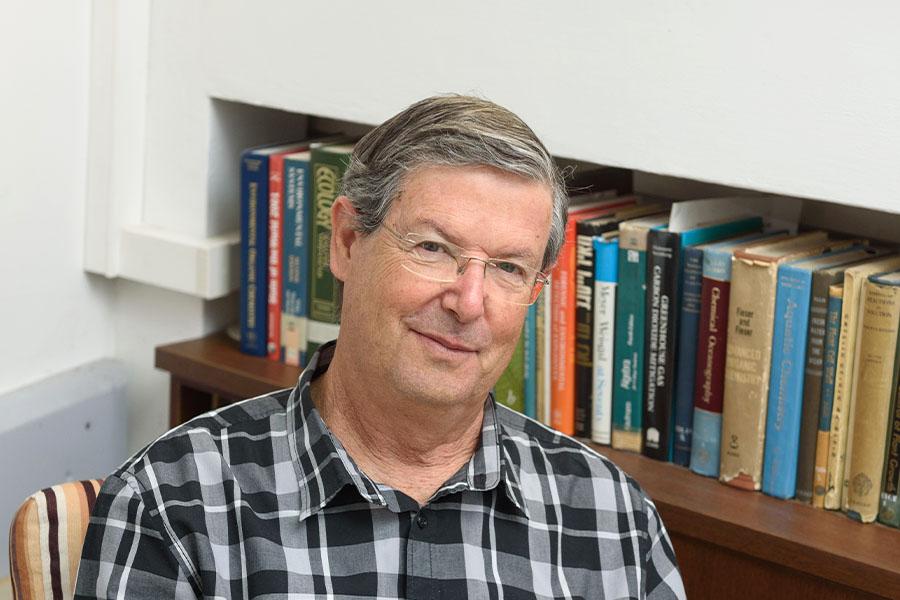
Prof. Dan Yakir
Yakir’s ecophysiology group is interested in understanding processes underlying Biosphere-atmosphere interactions from cellular to ecosystem scales, and across climatic conditions with a focus on dry regions.
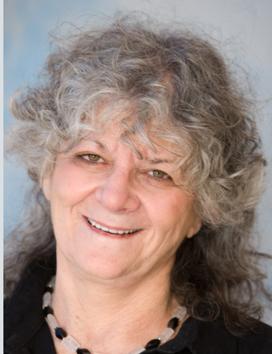
Prof. Ada Yonath
We focus on genetic-code translation to proteins by ribosomes; on antibiotics targeting ribosomes; on designing novel, next generation, microbiome preserving eco-friendly antibiotics; and on human ribosomal diseases. In parallel, we investigate the origin of life.











